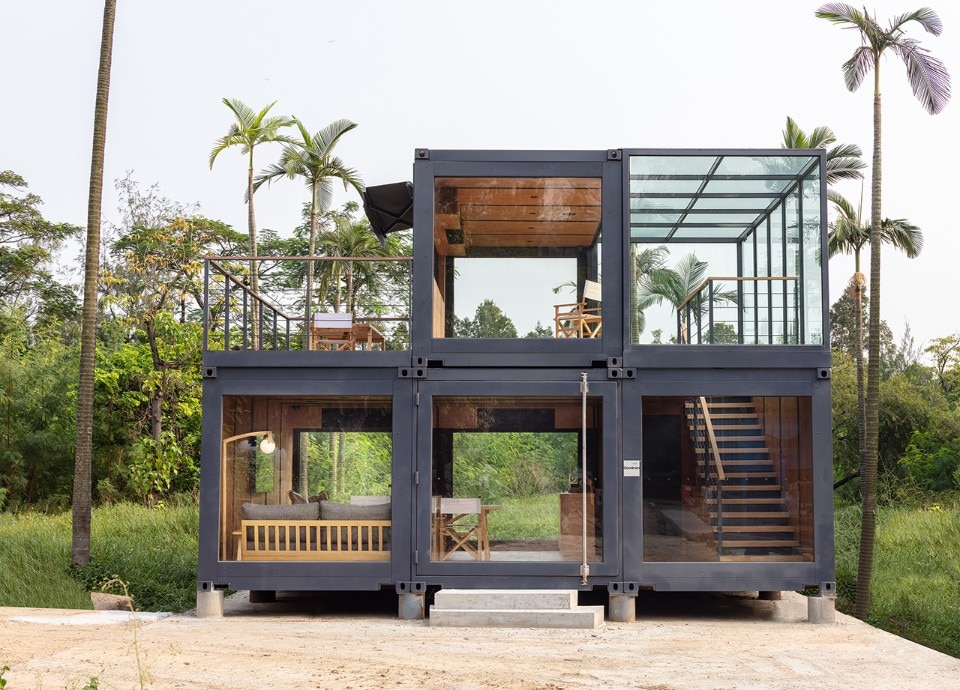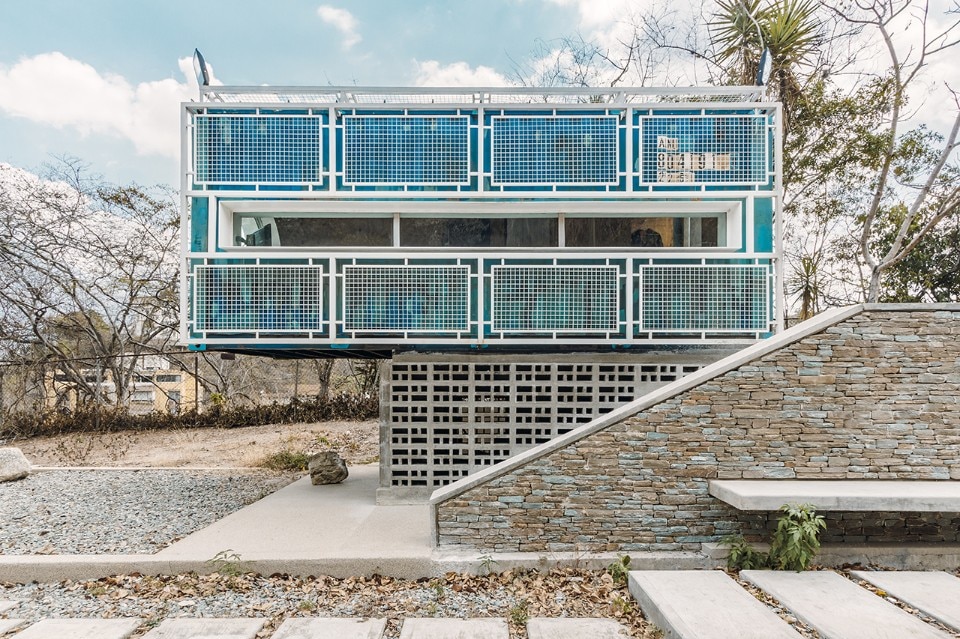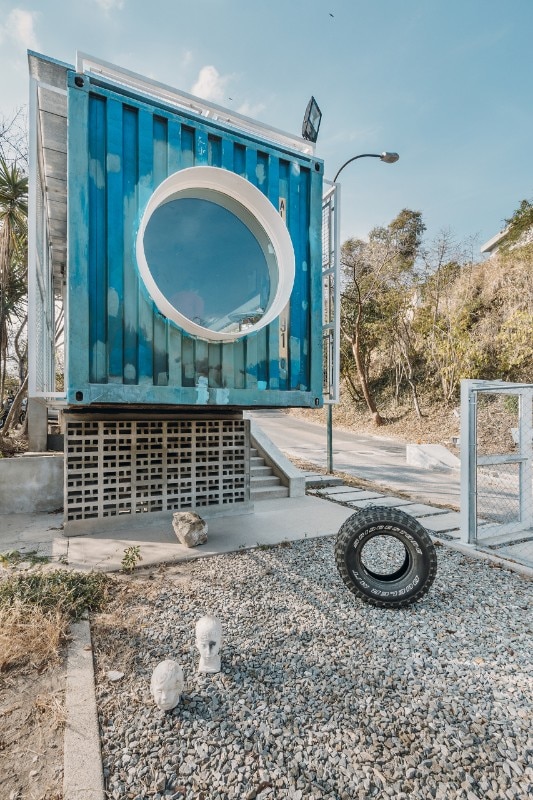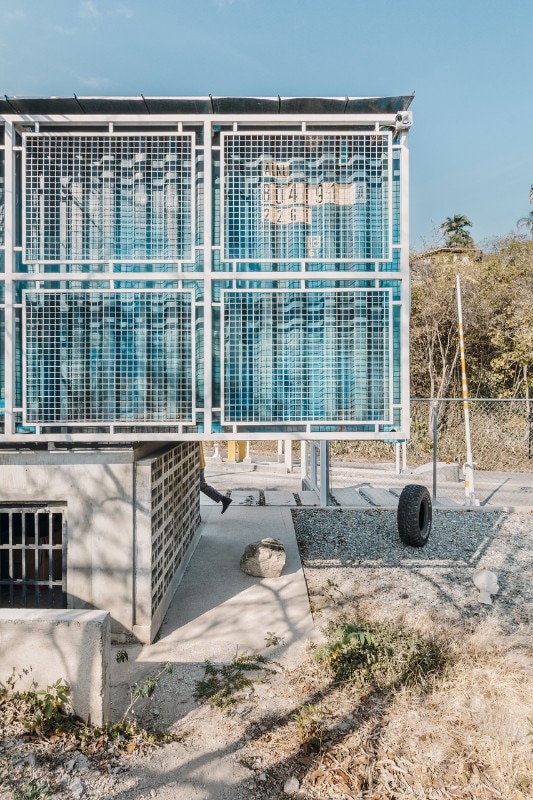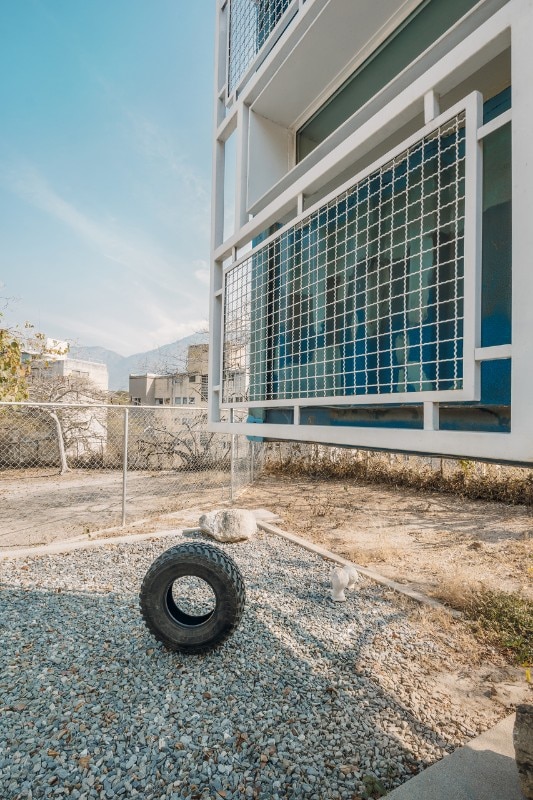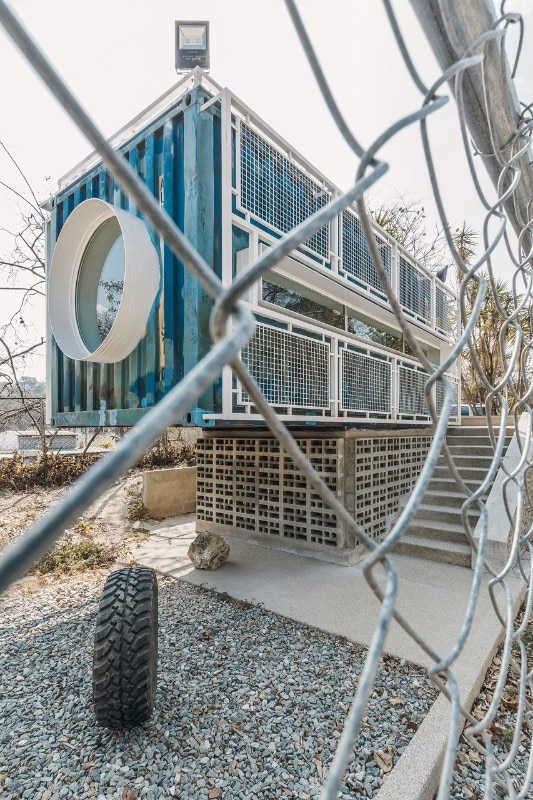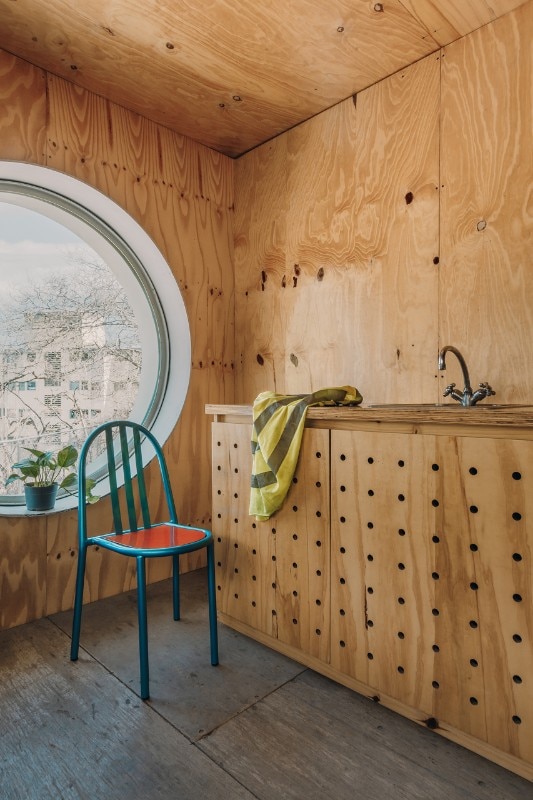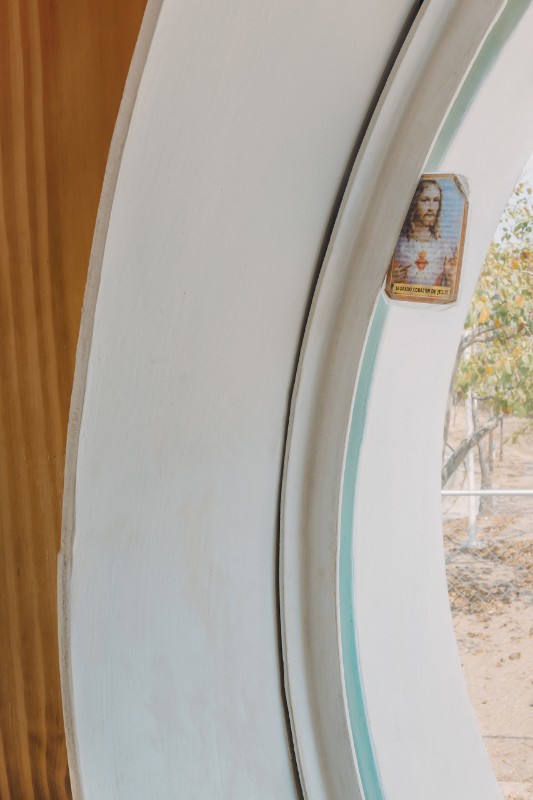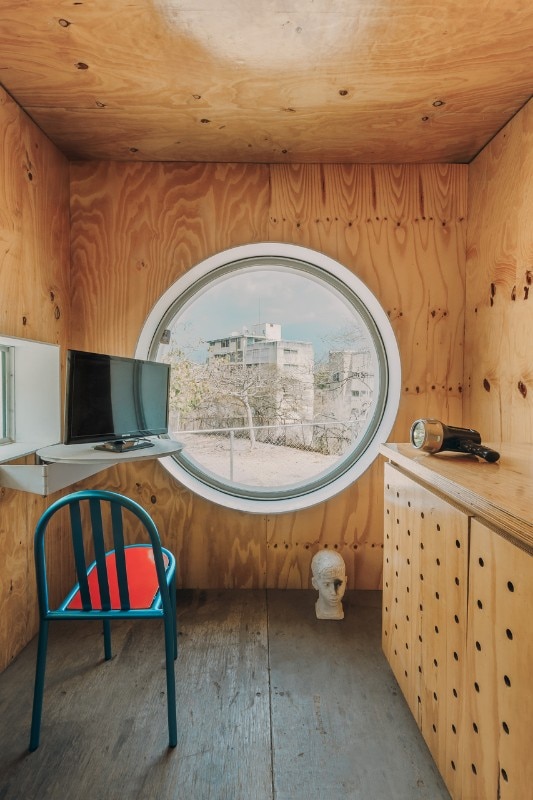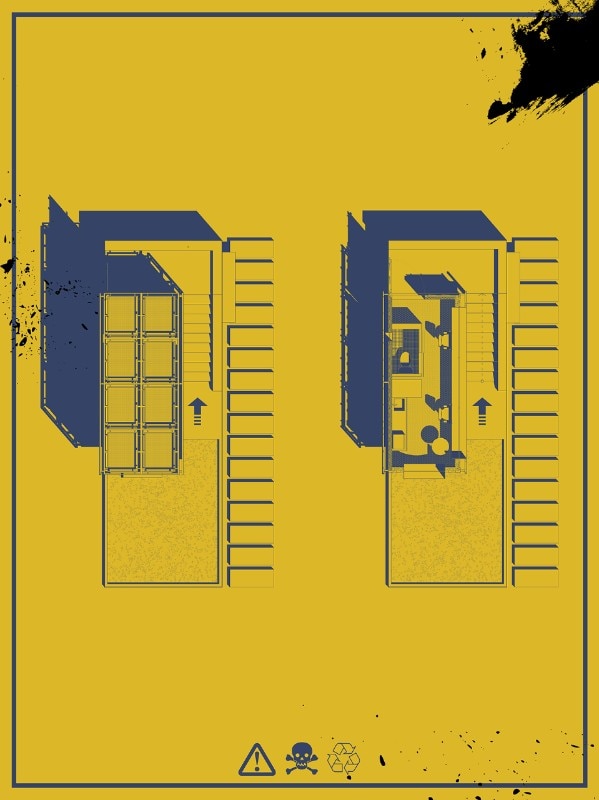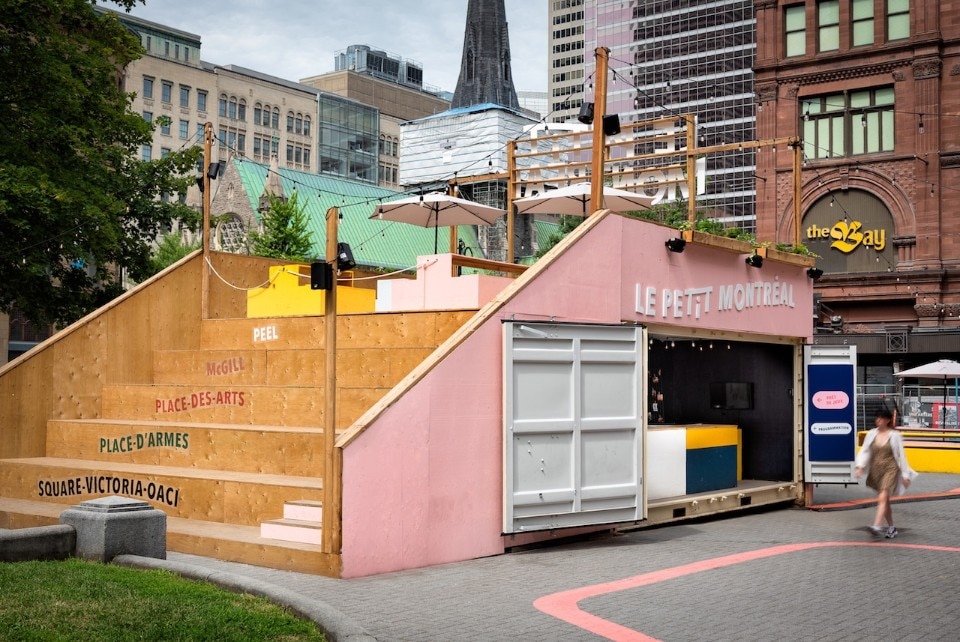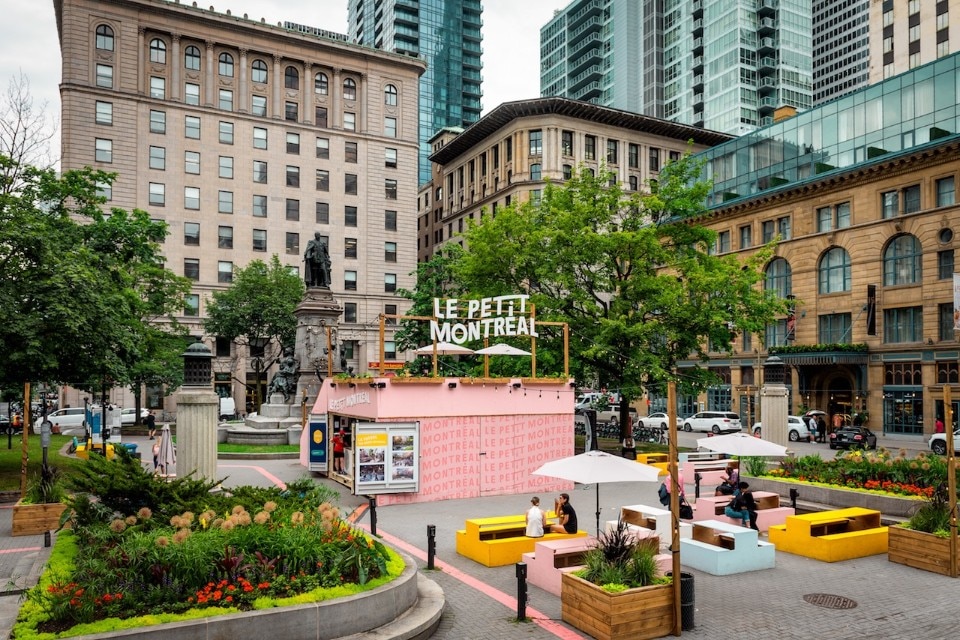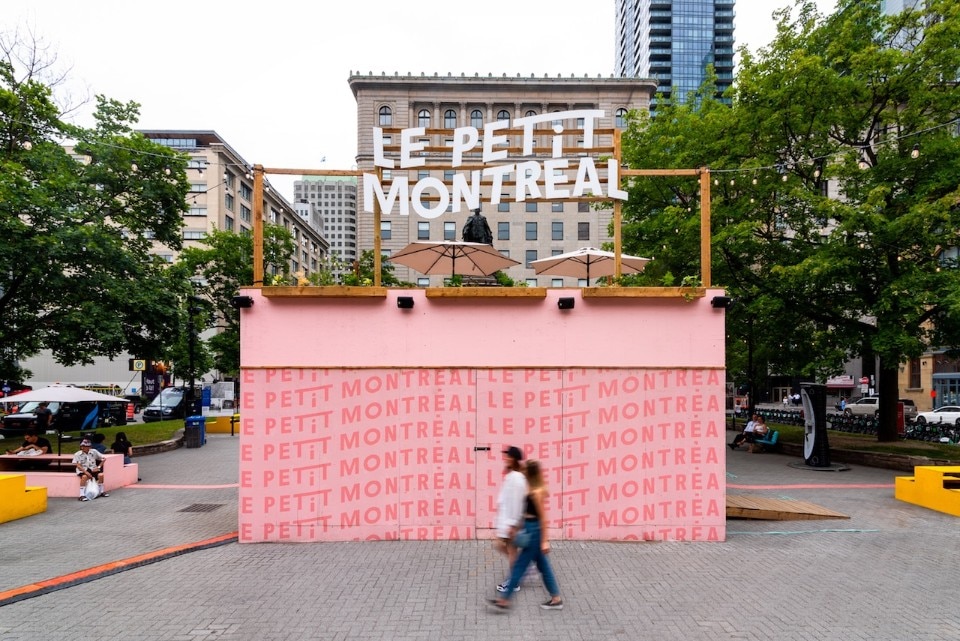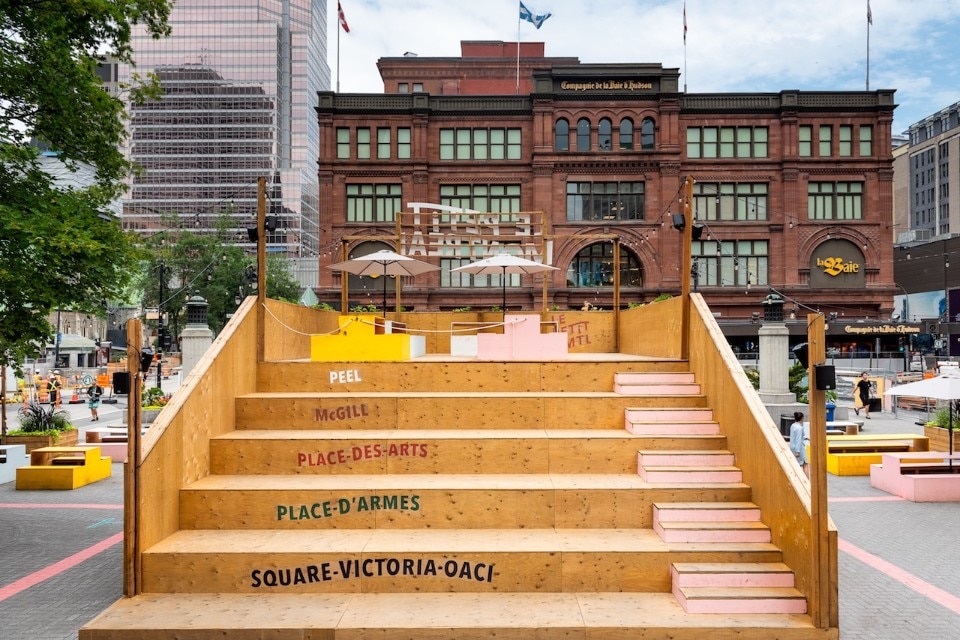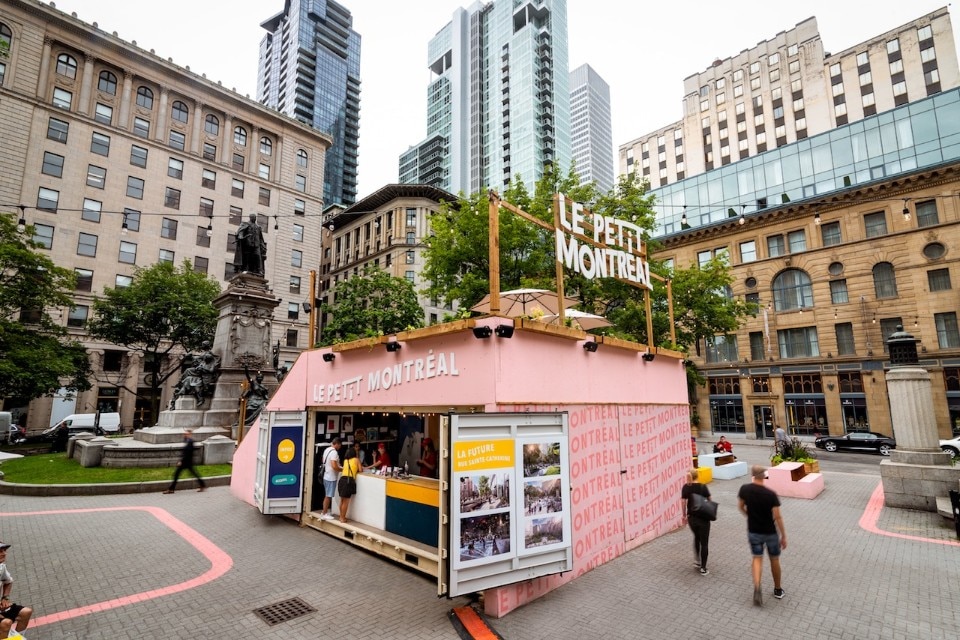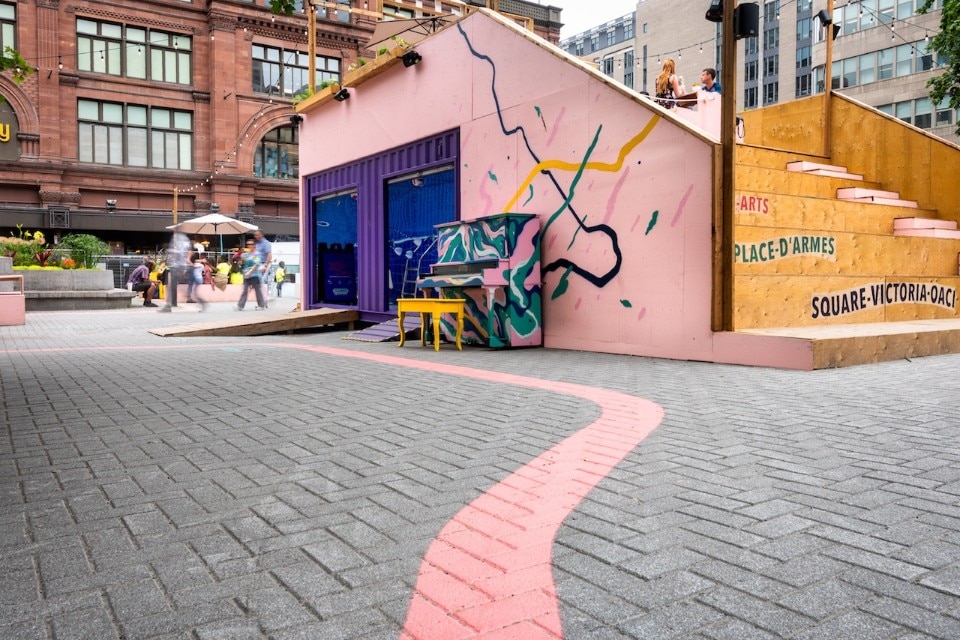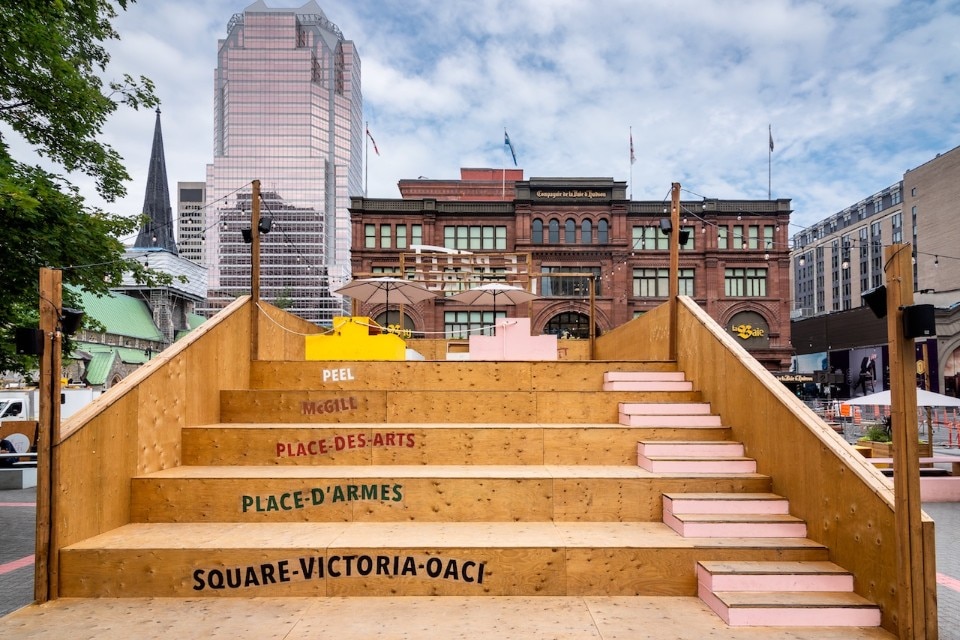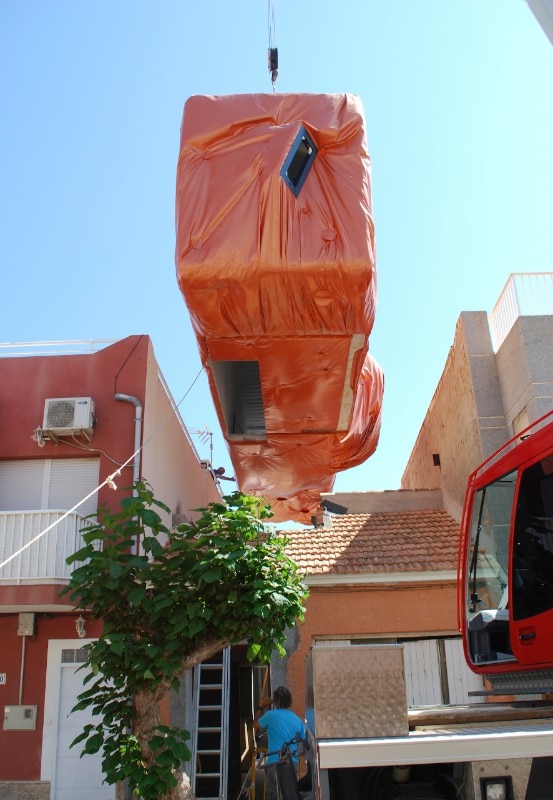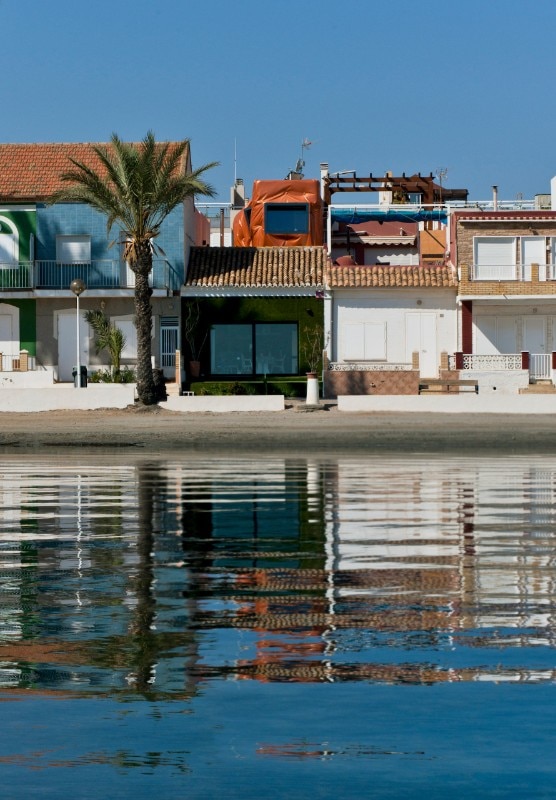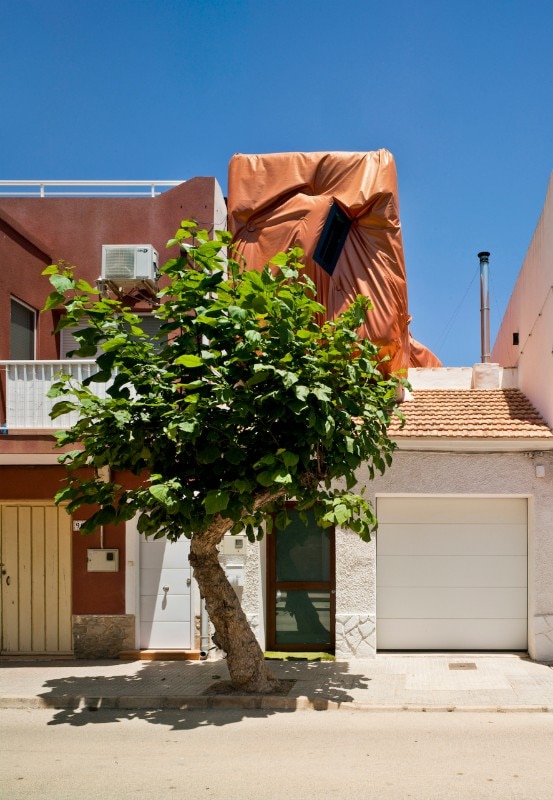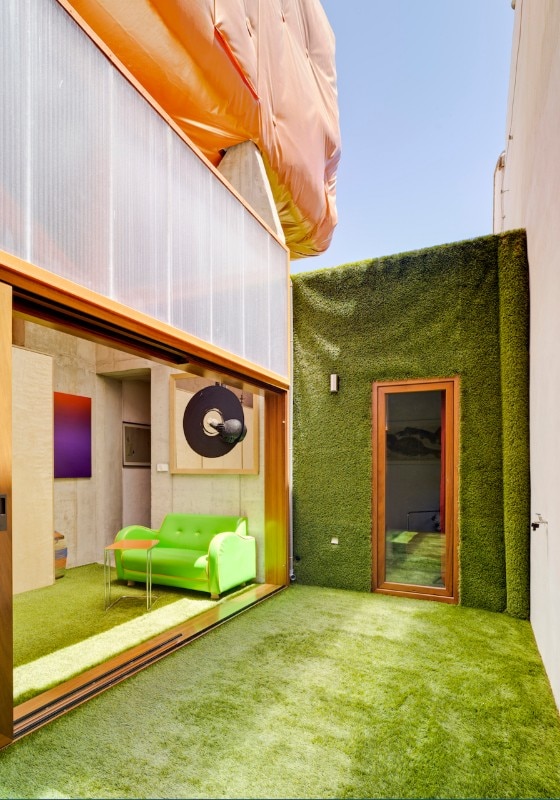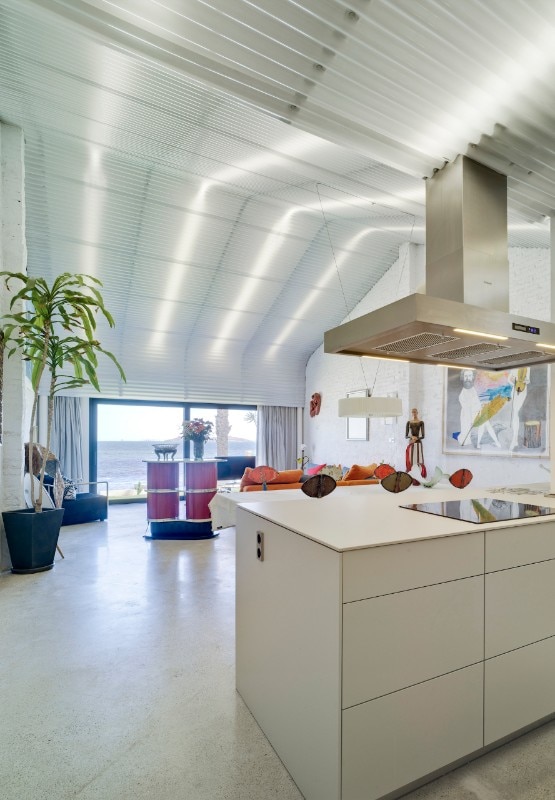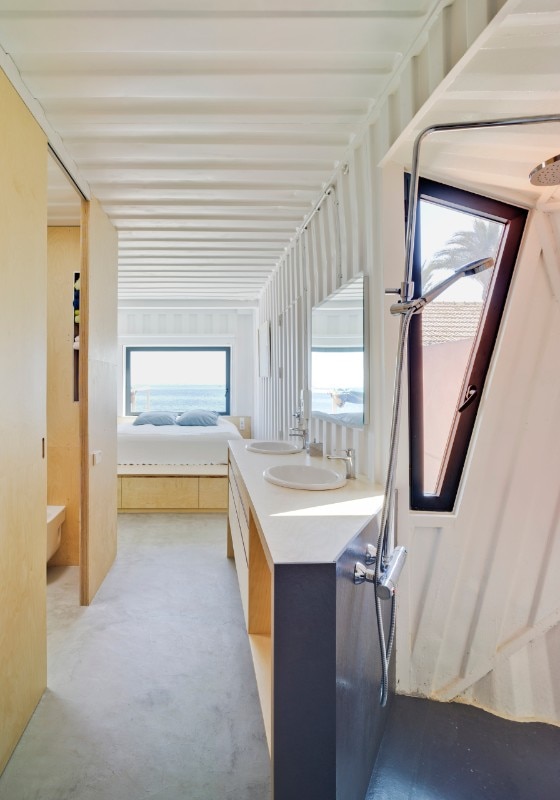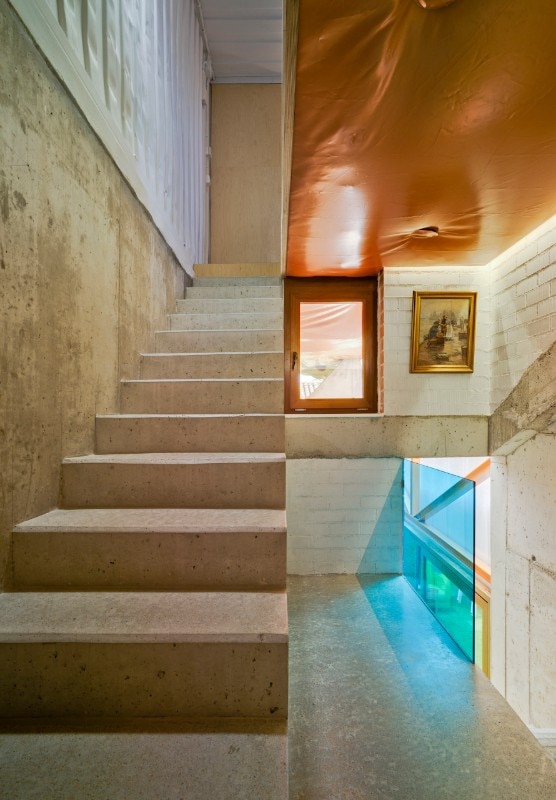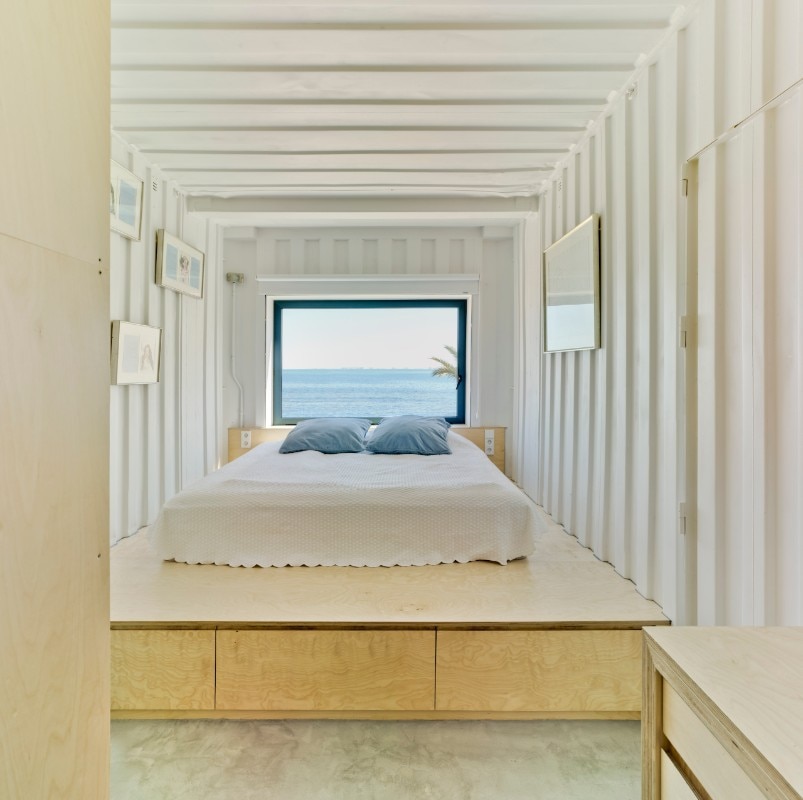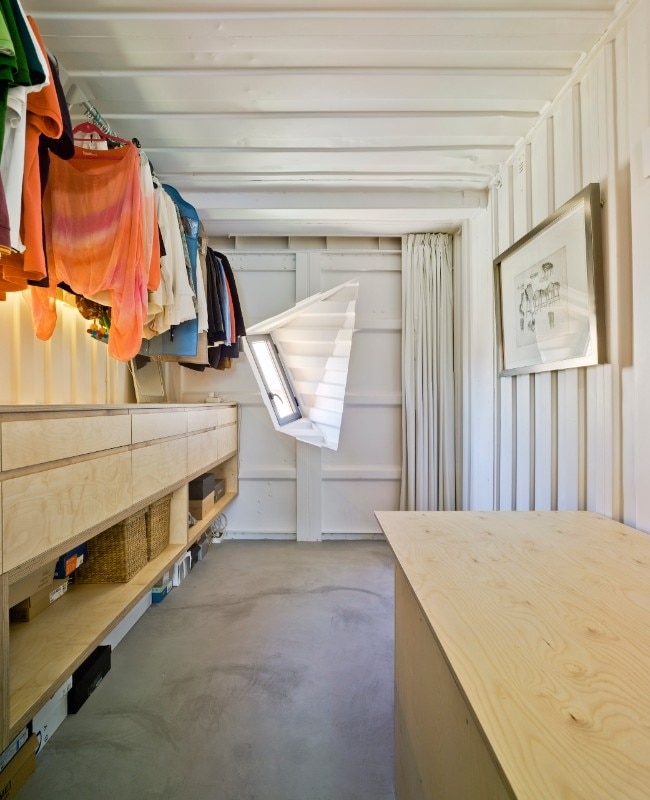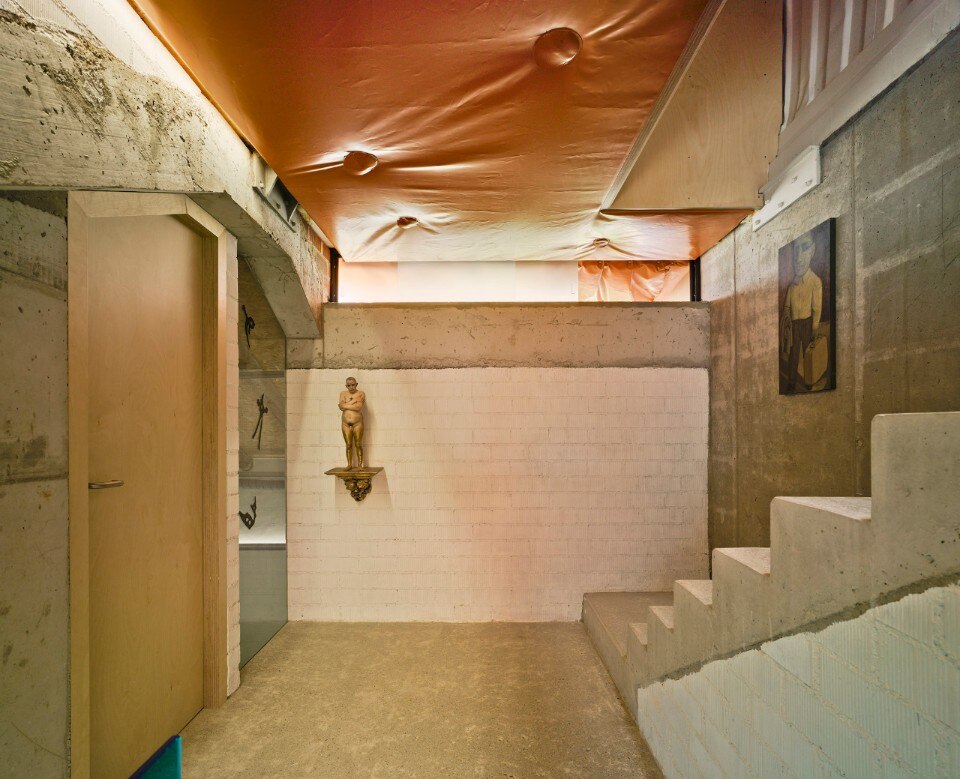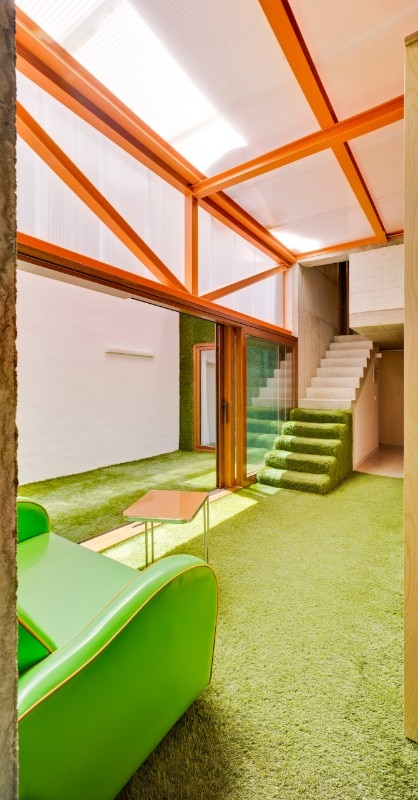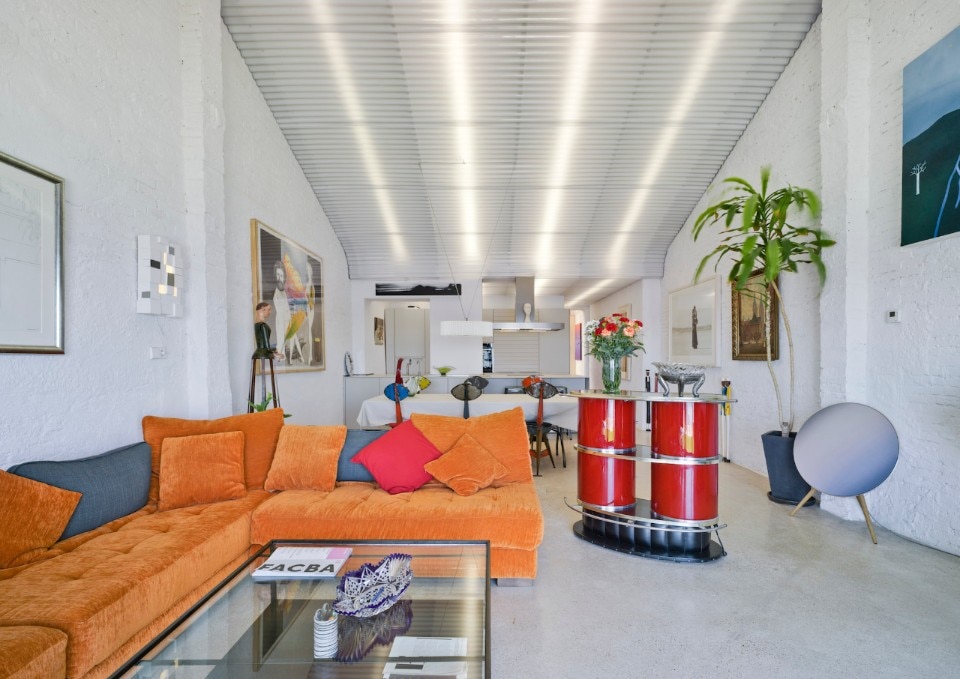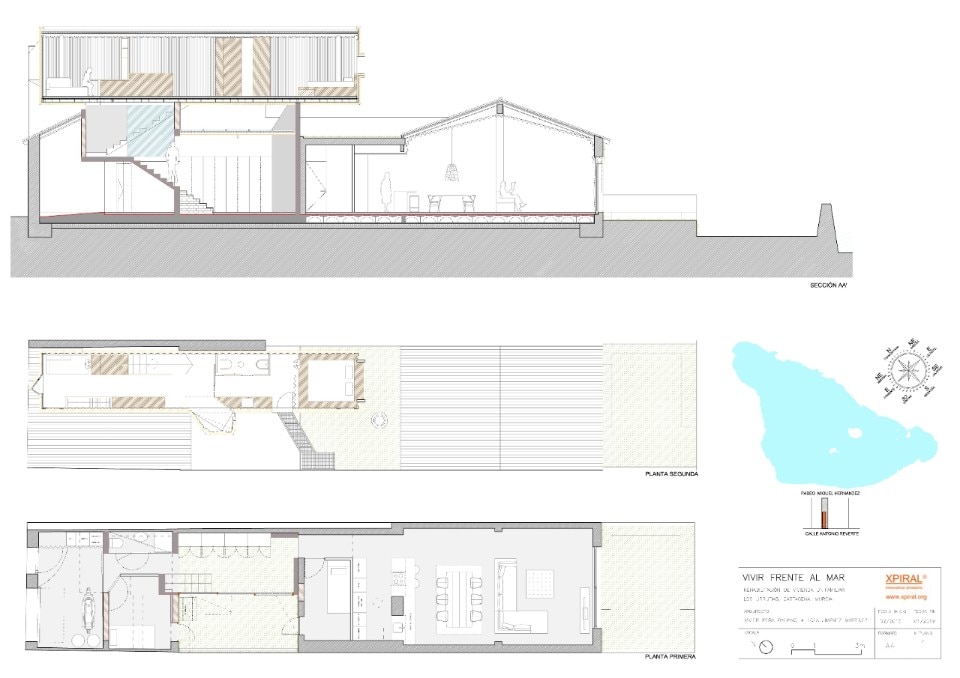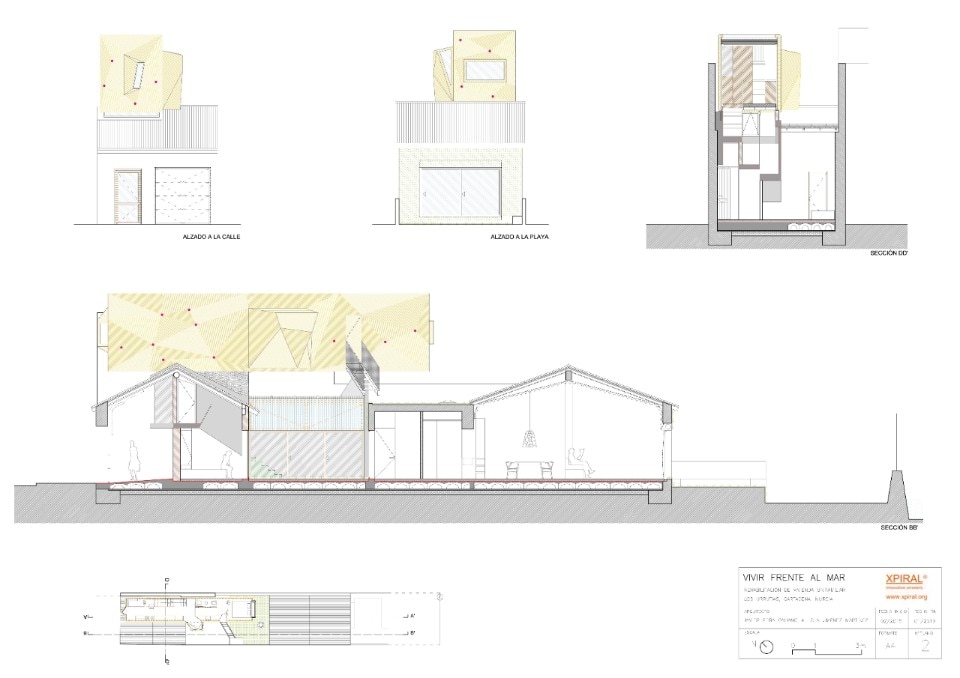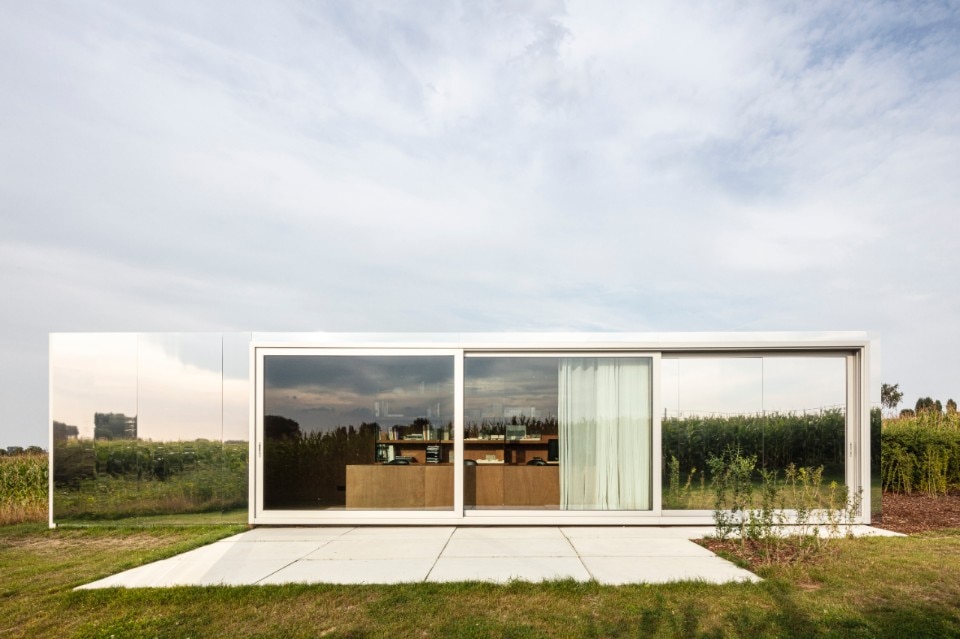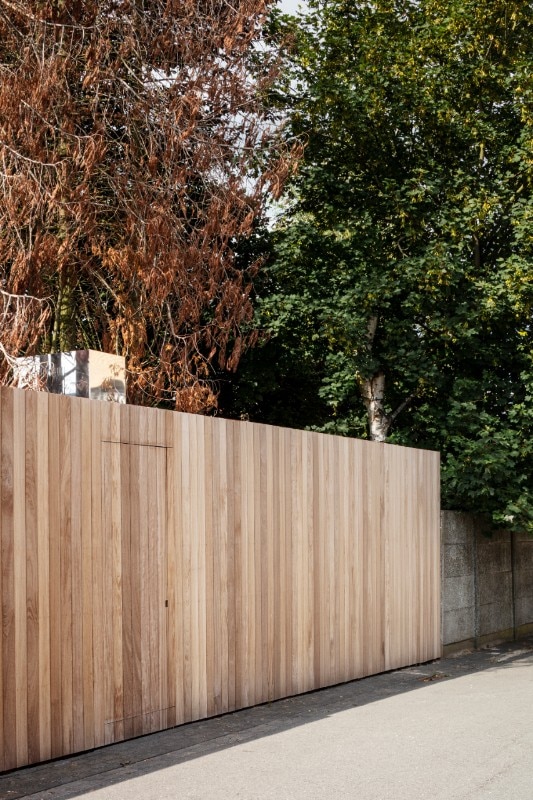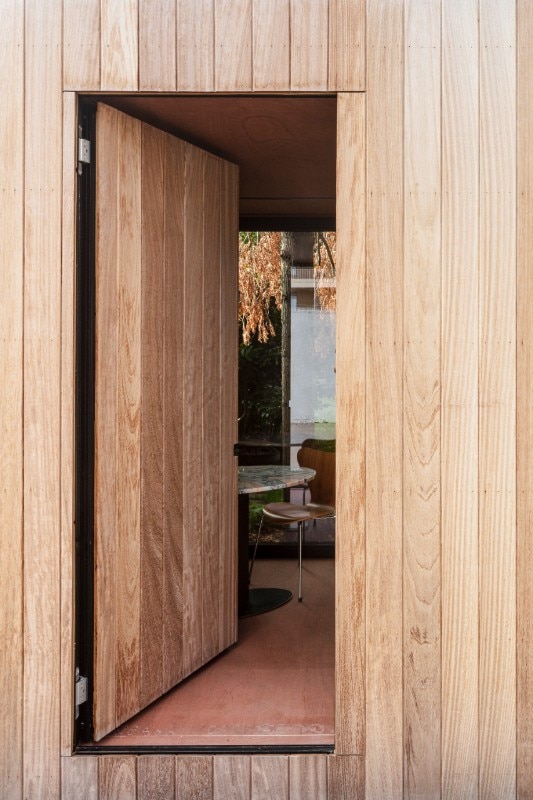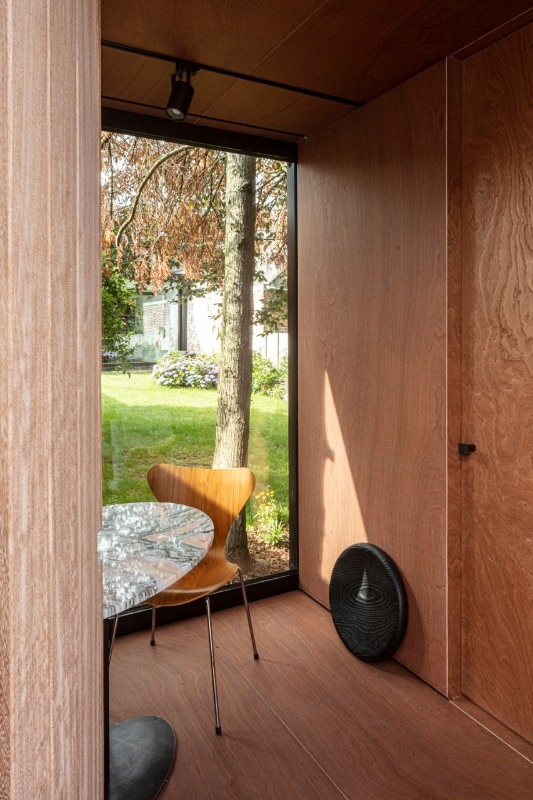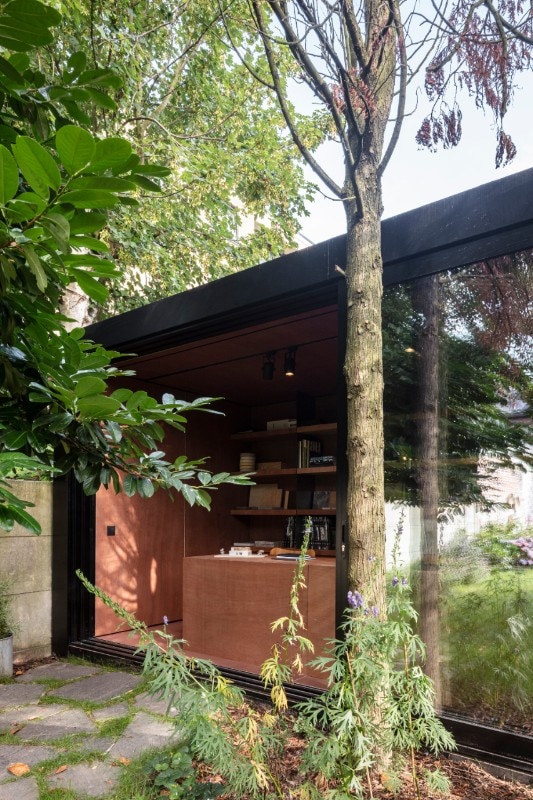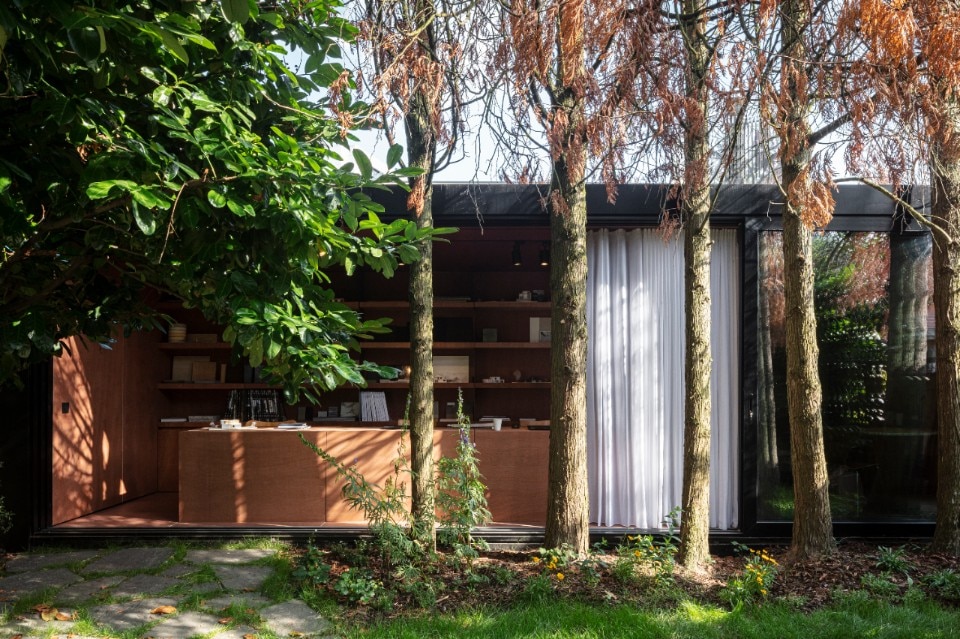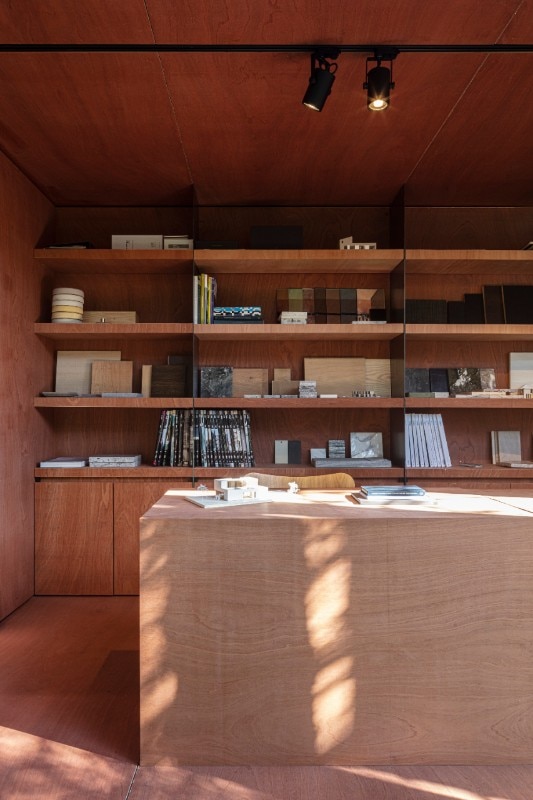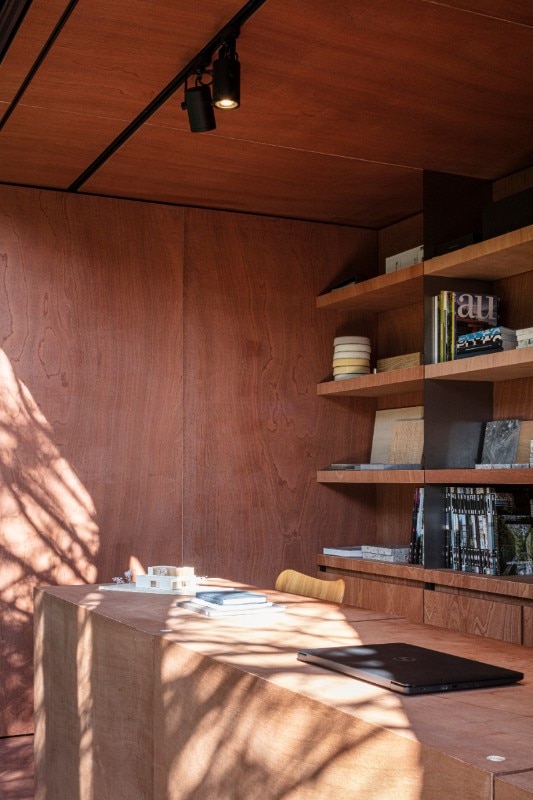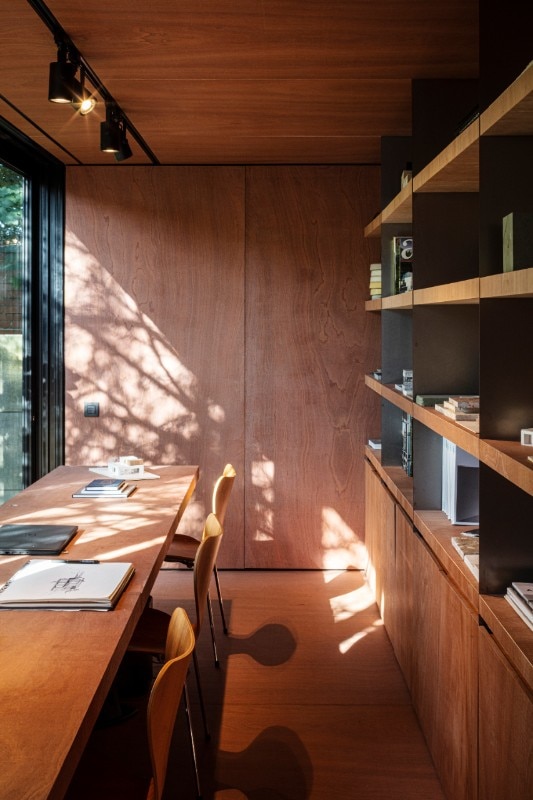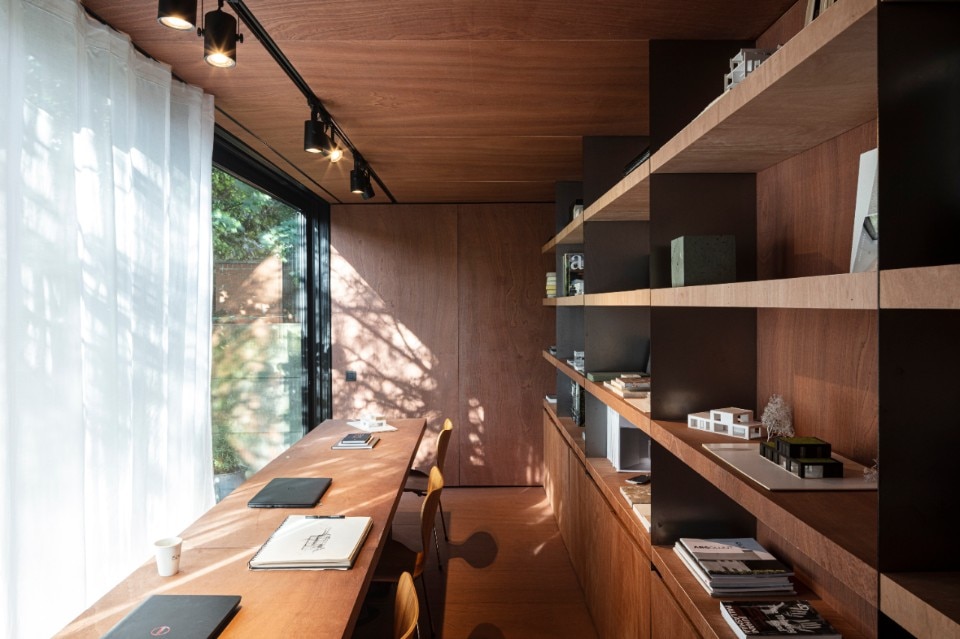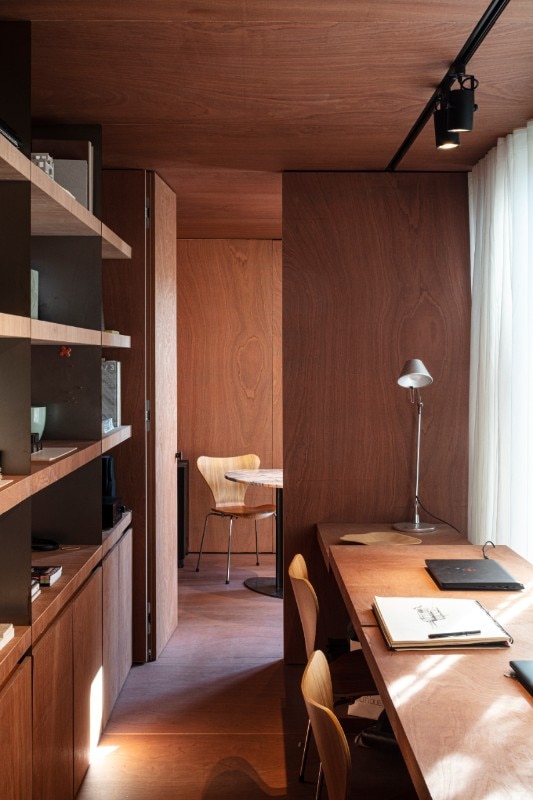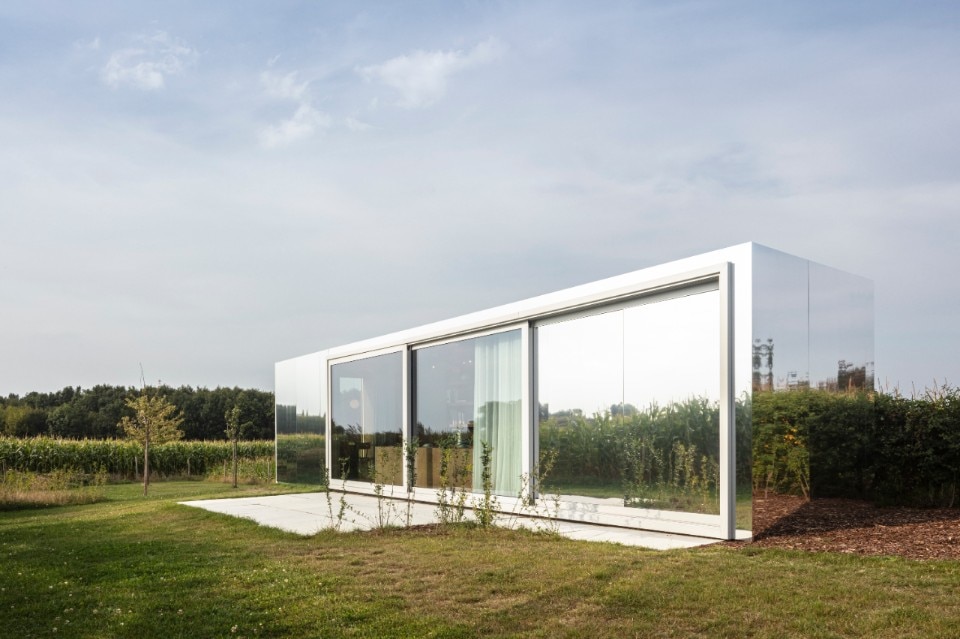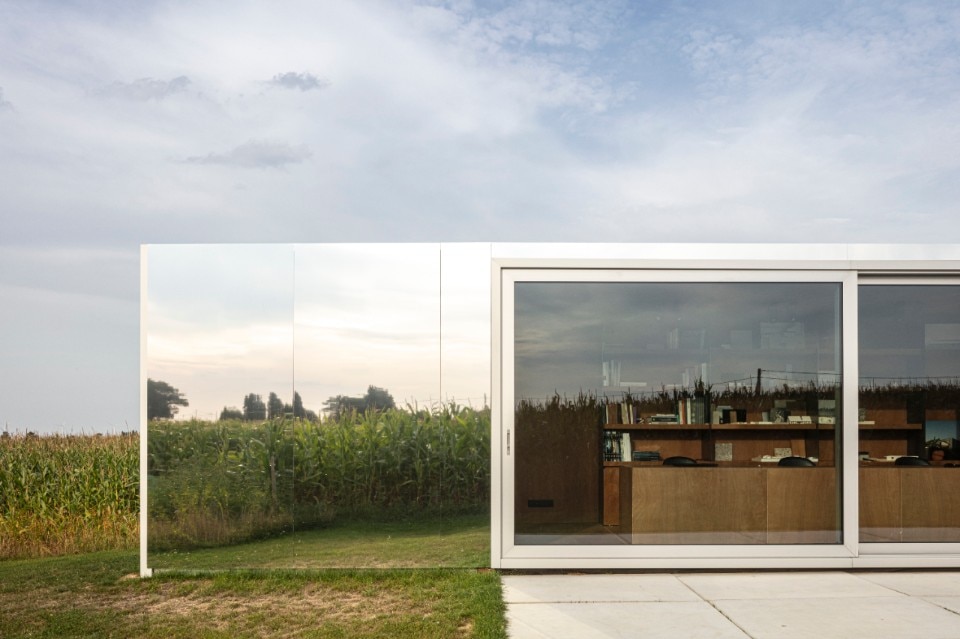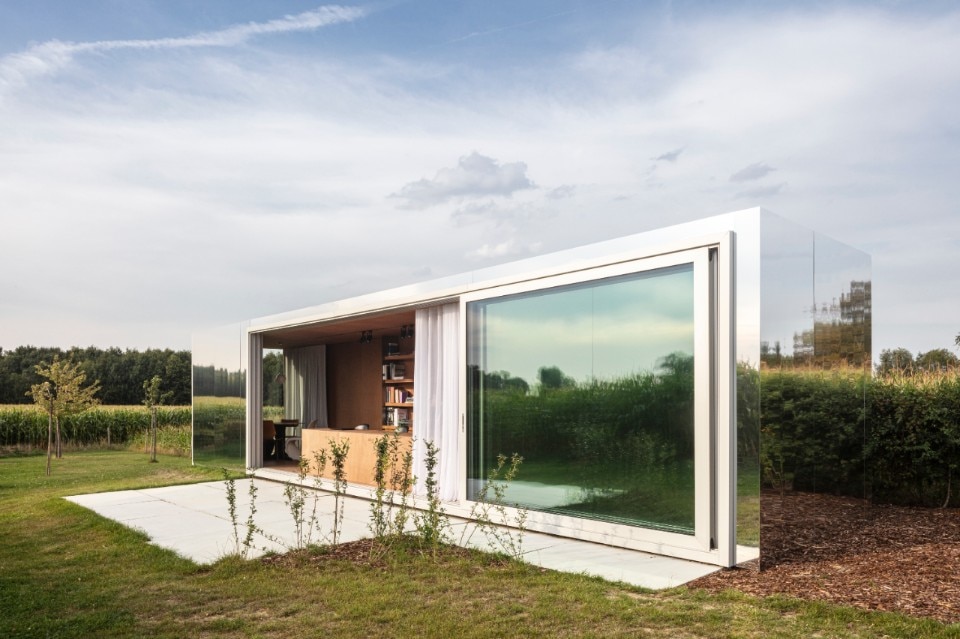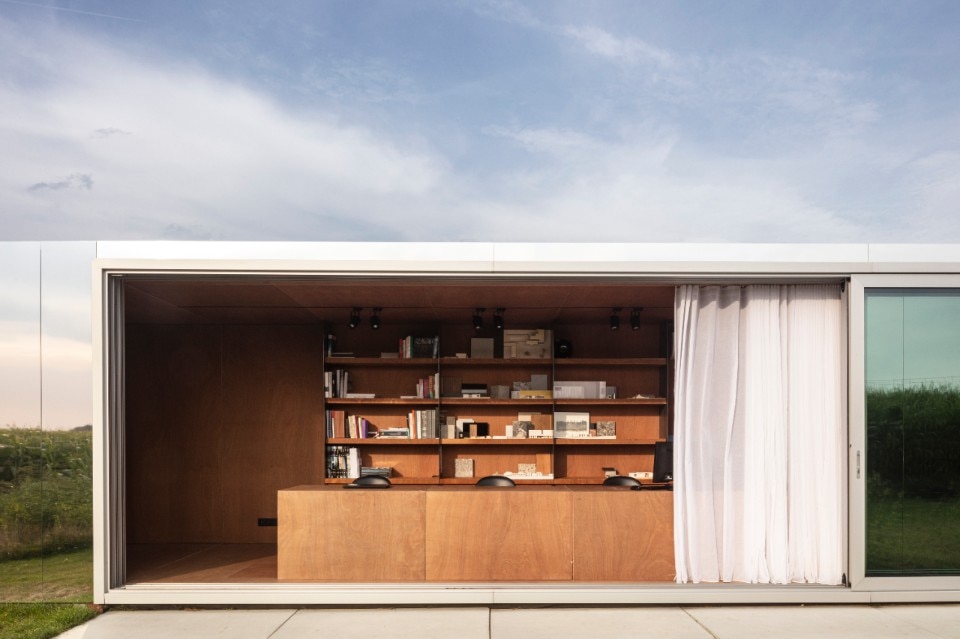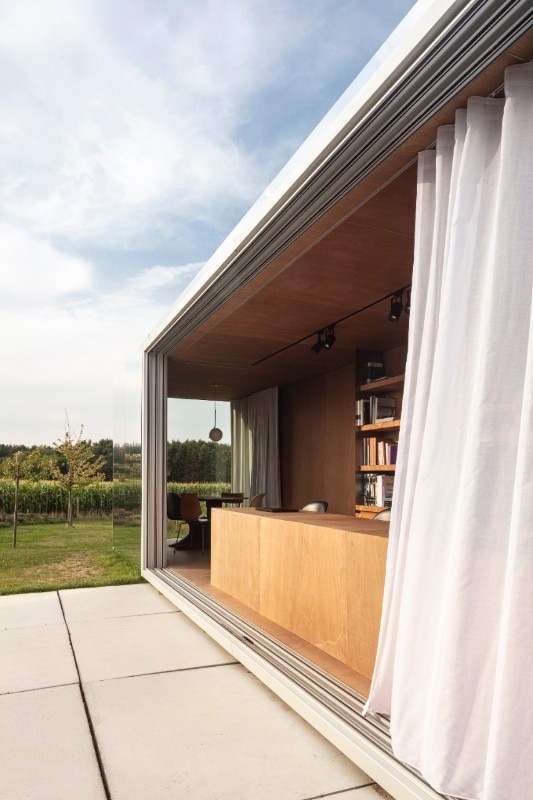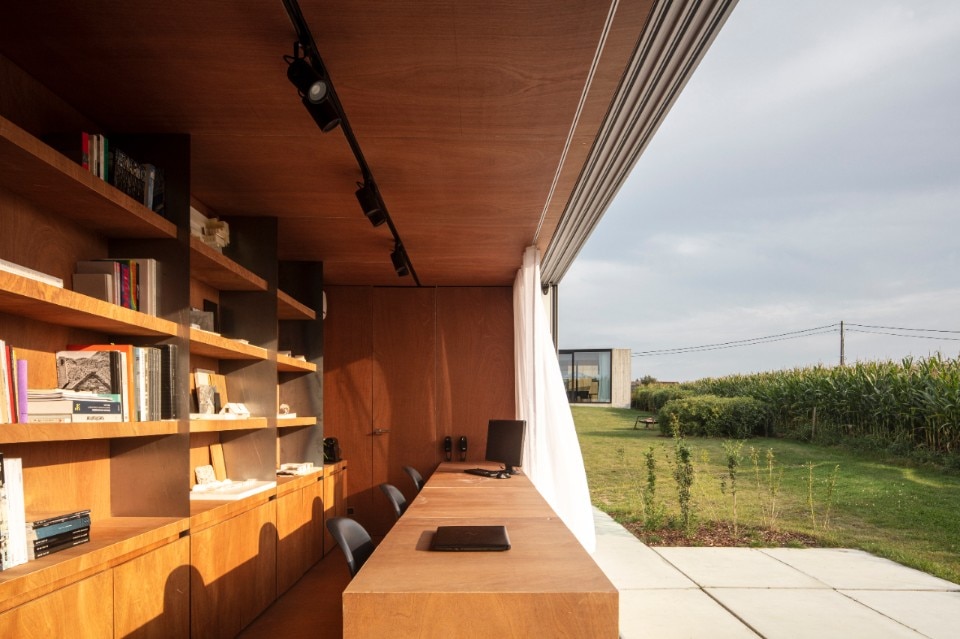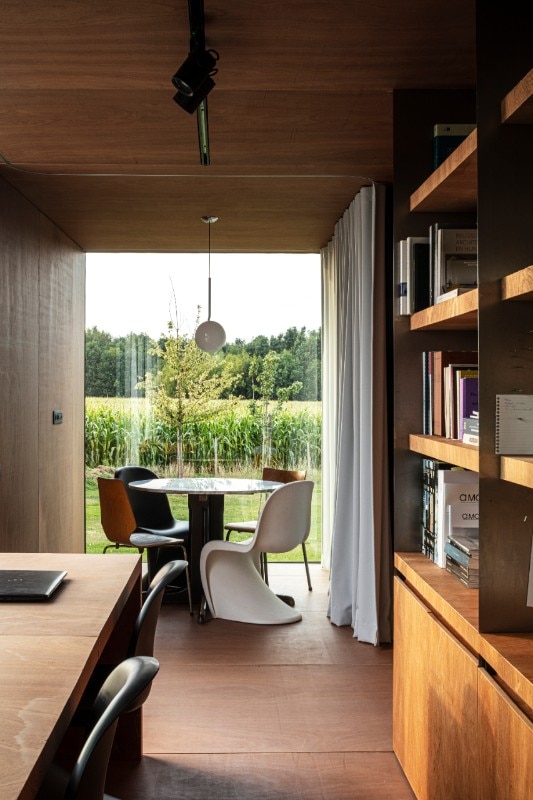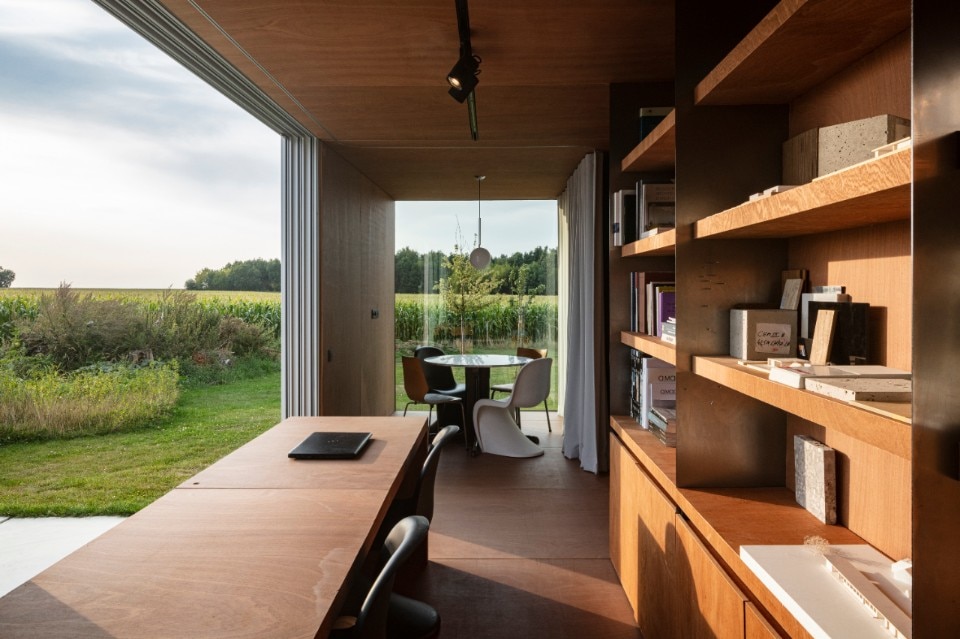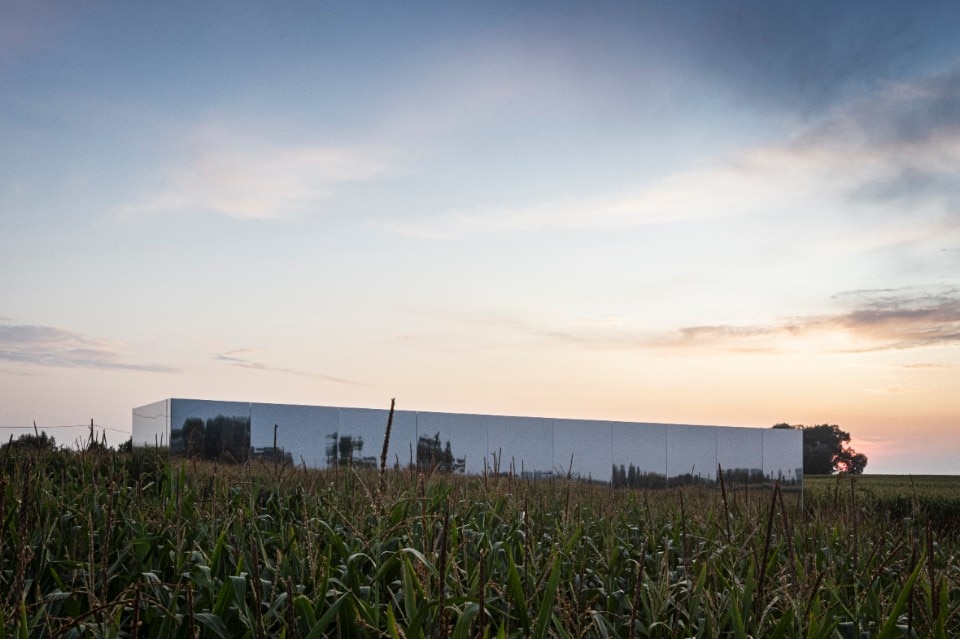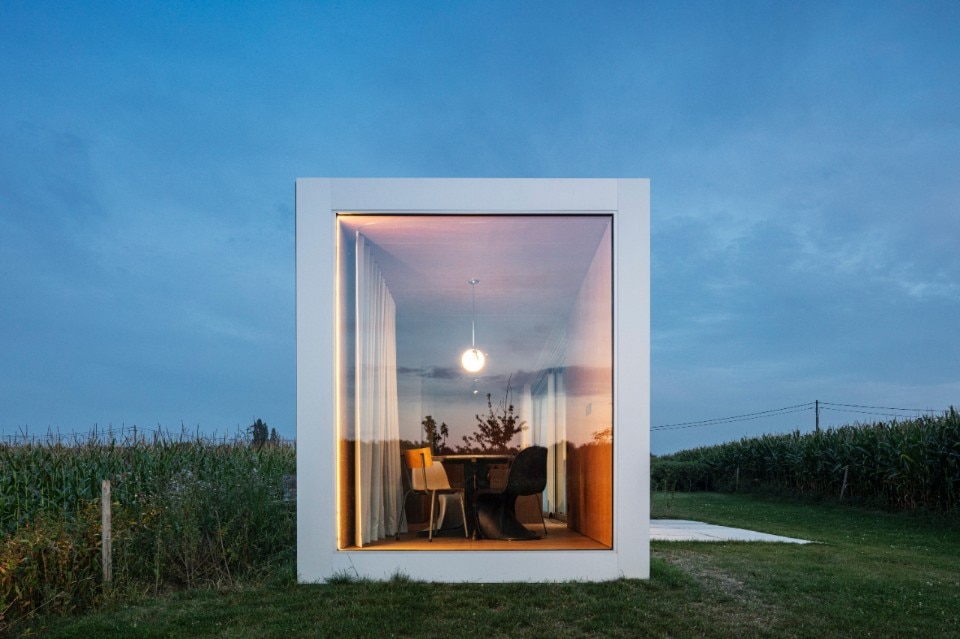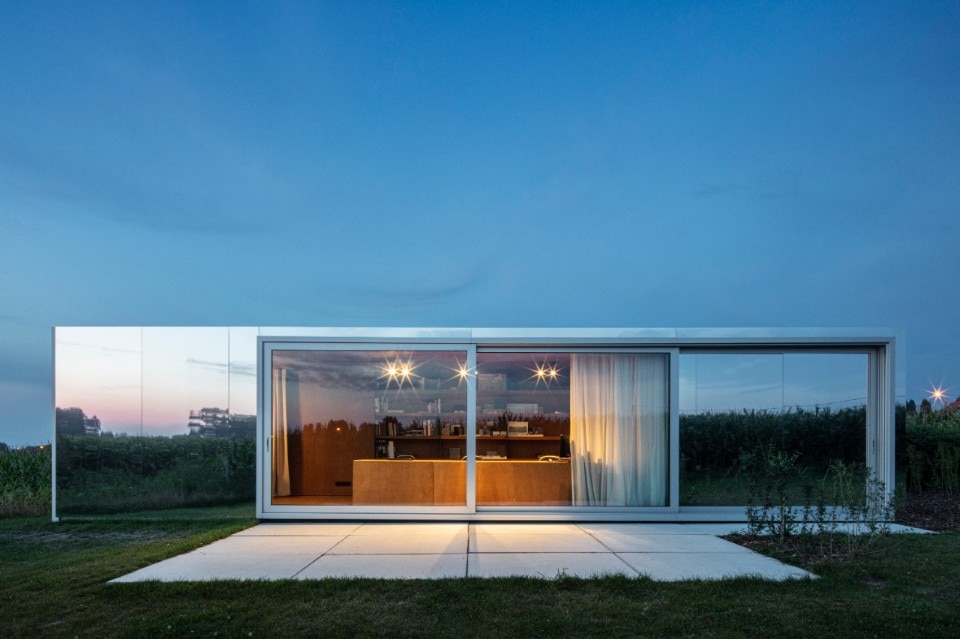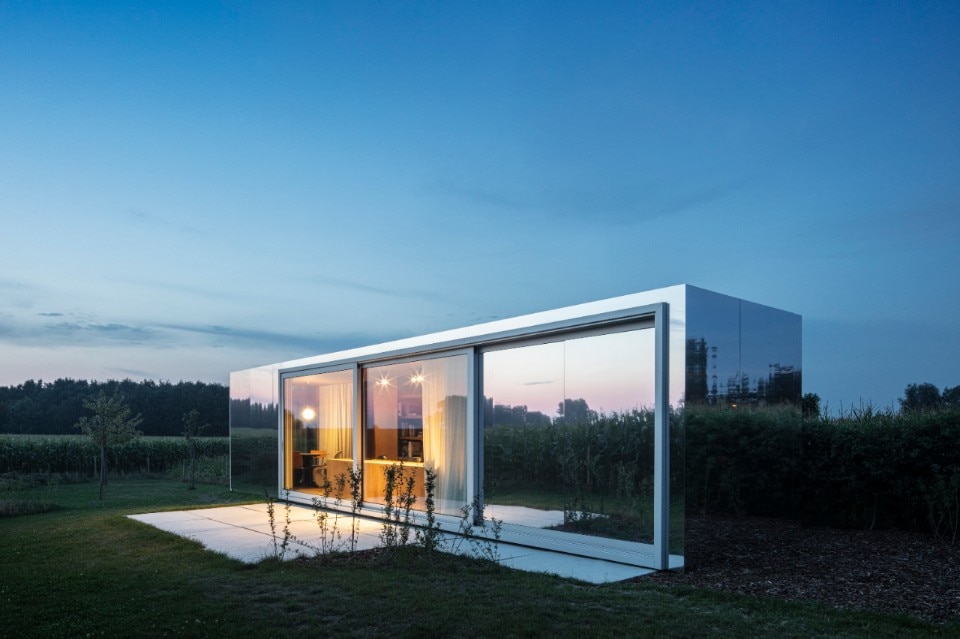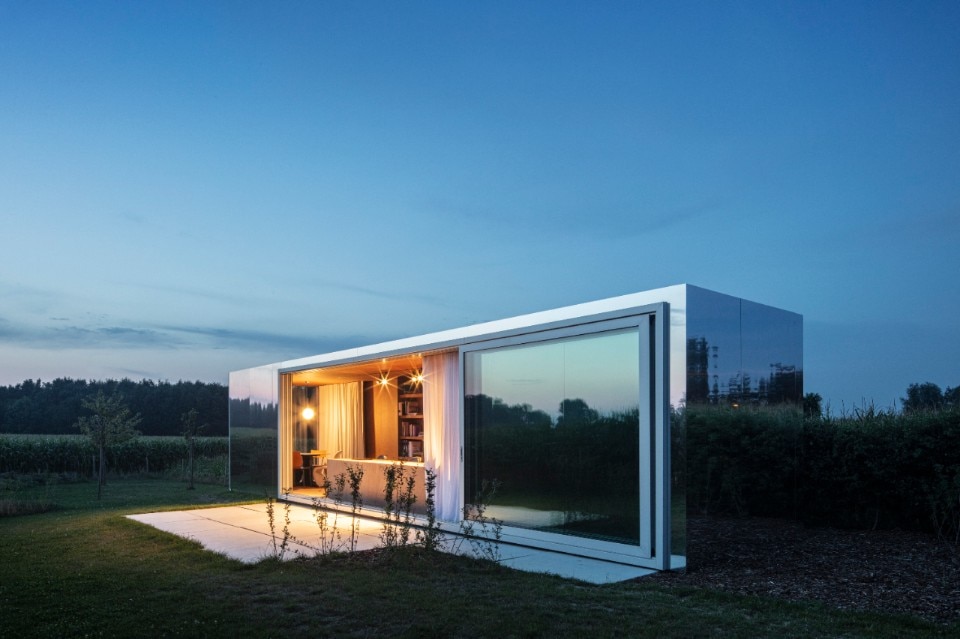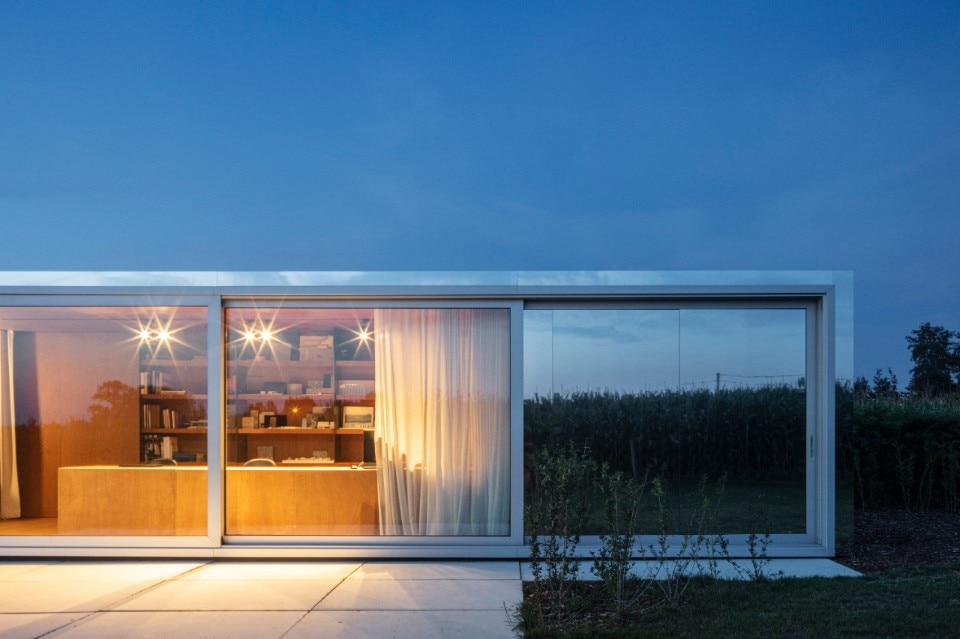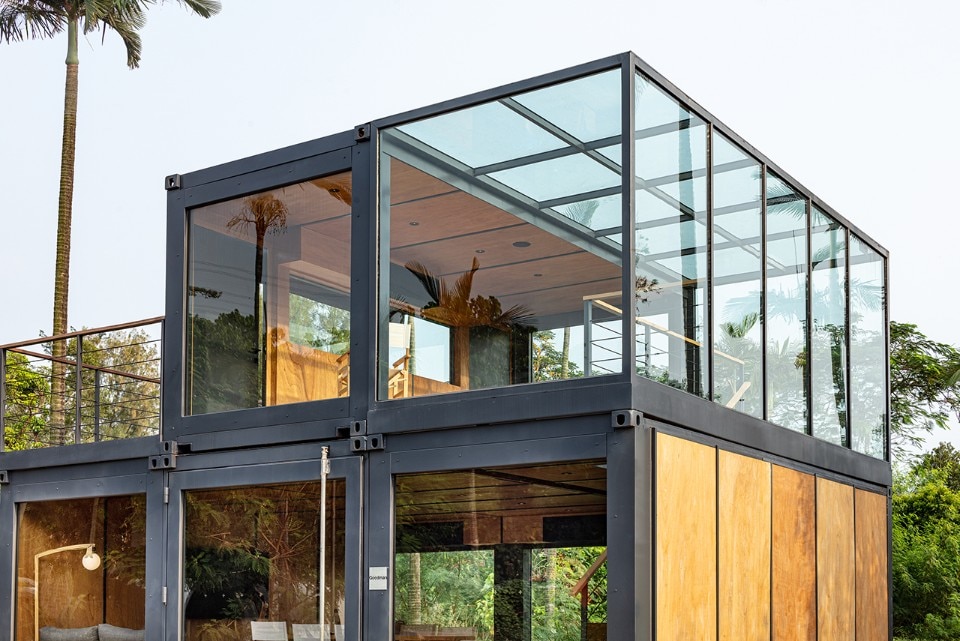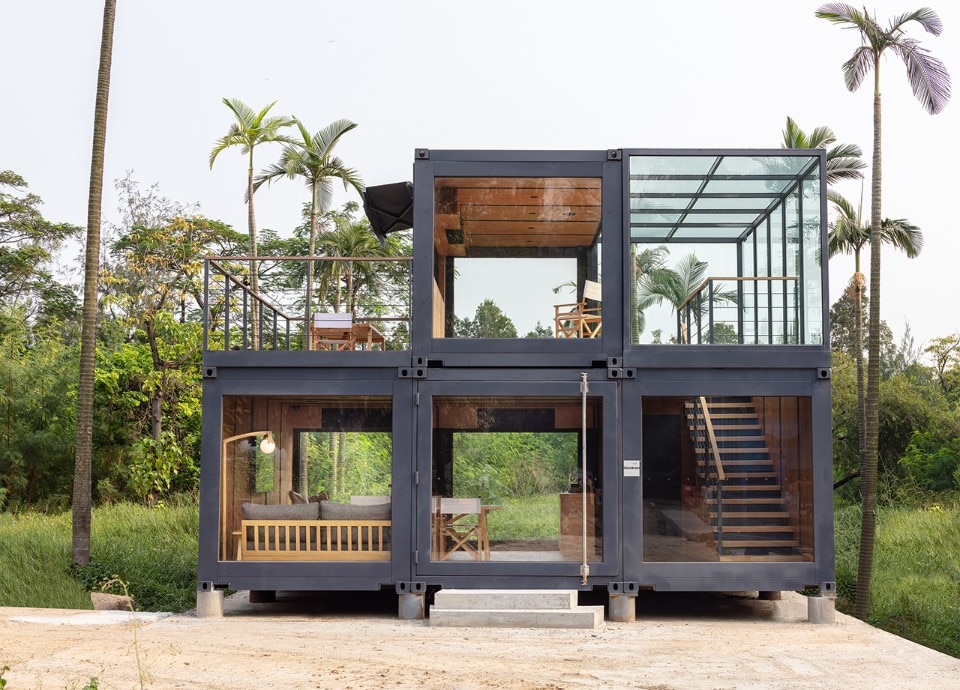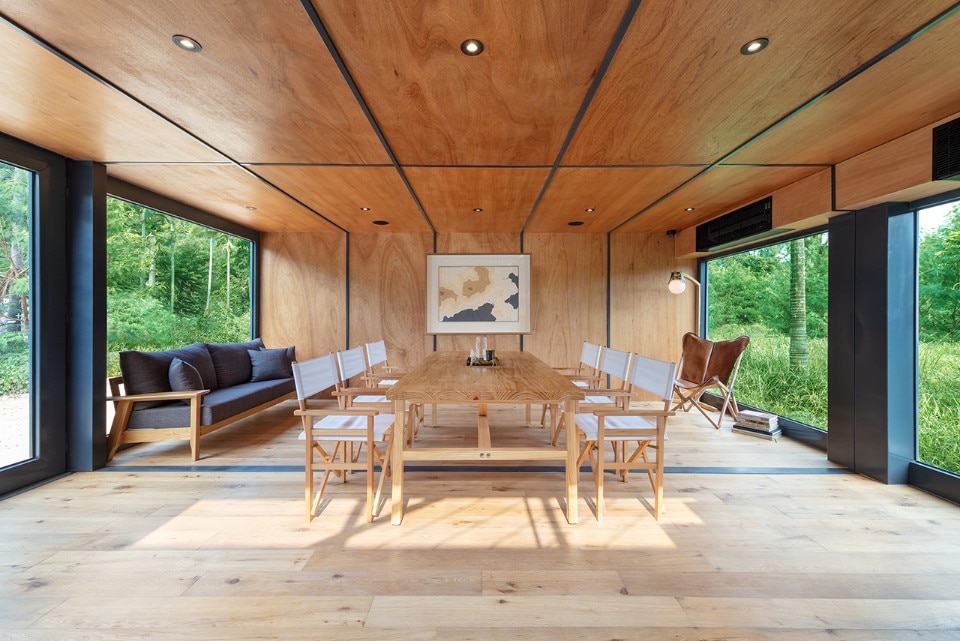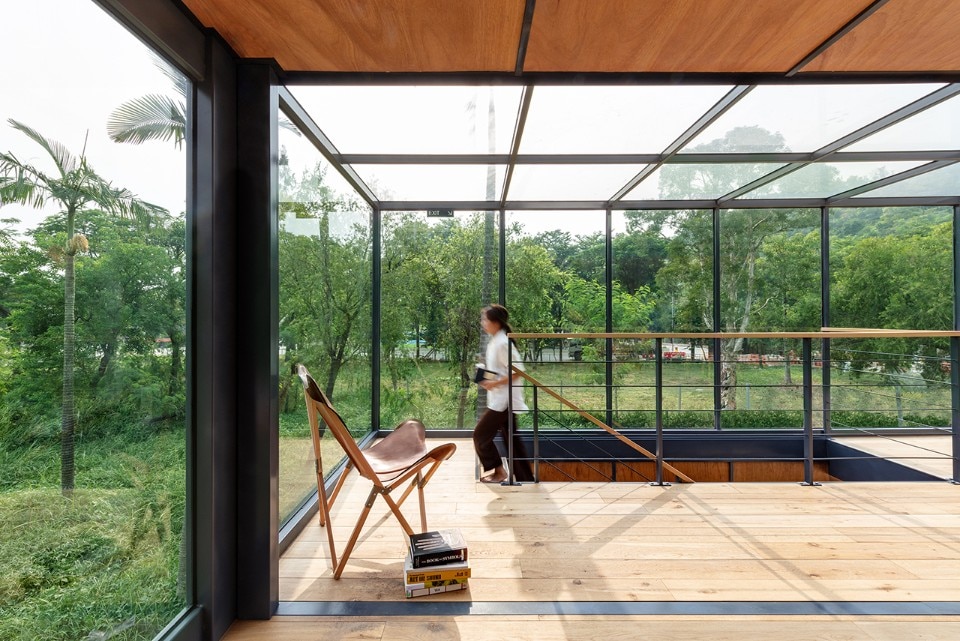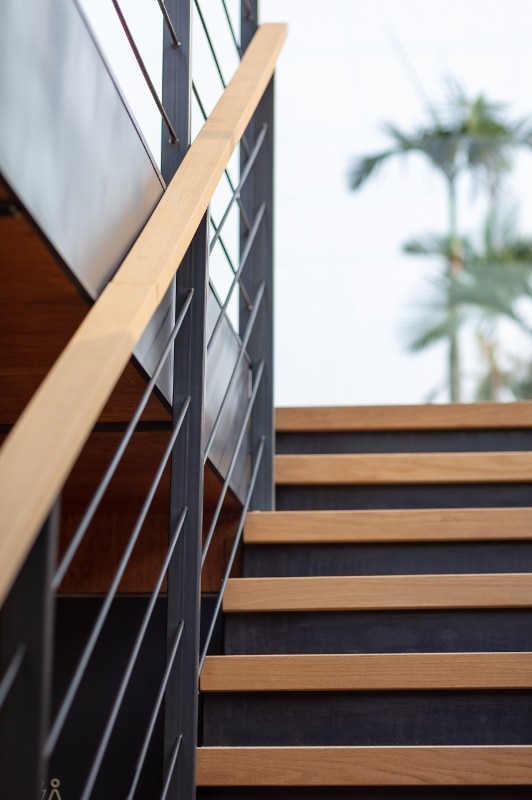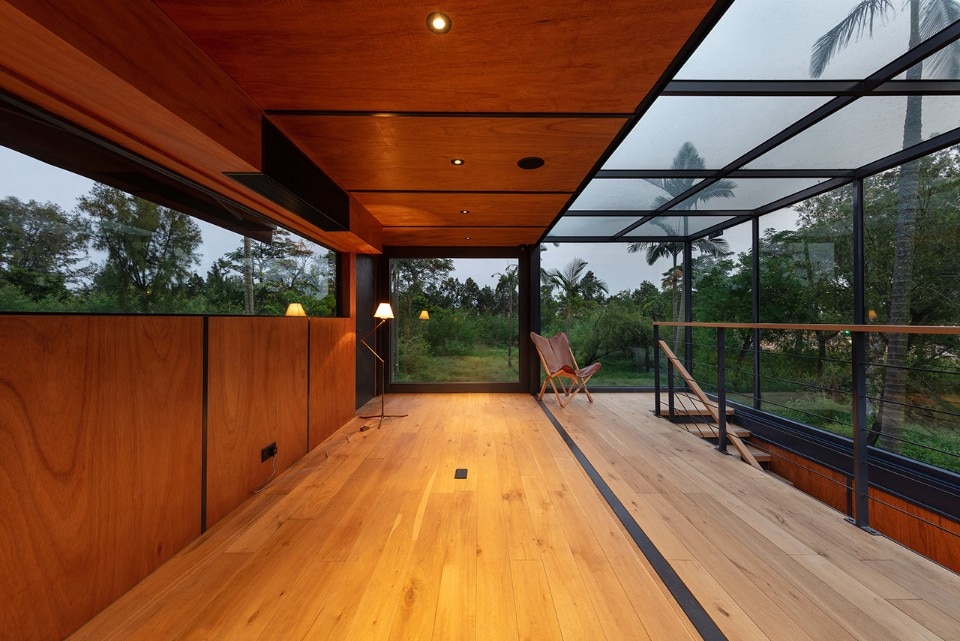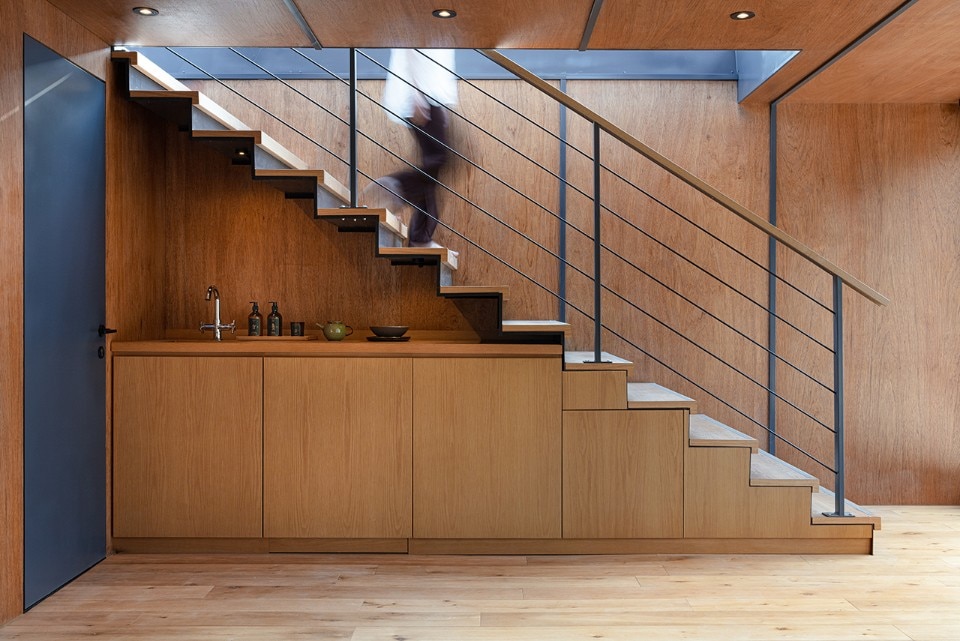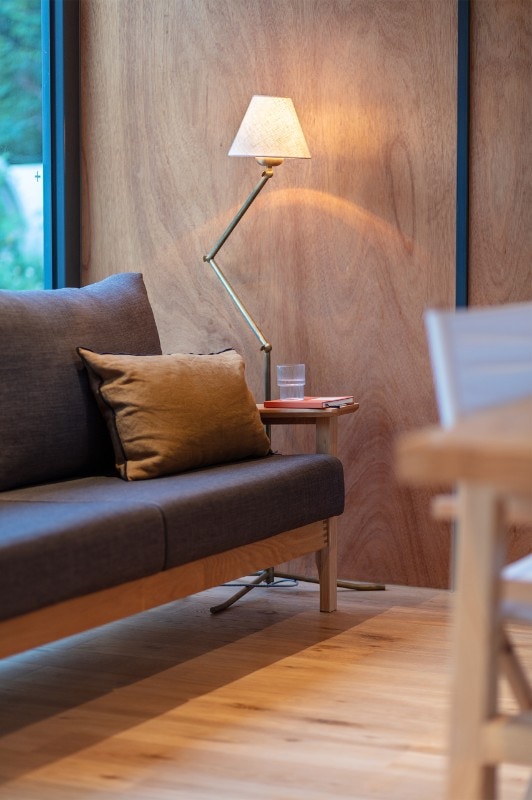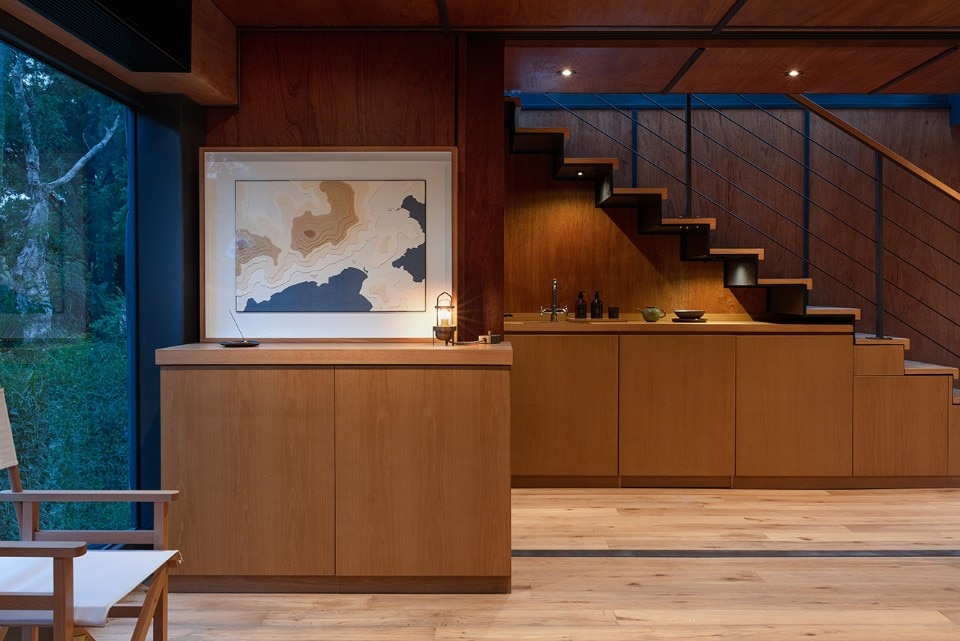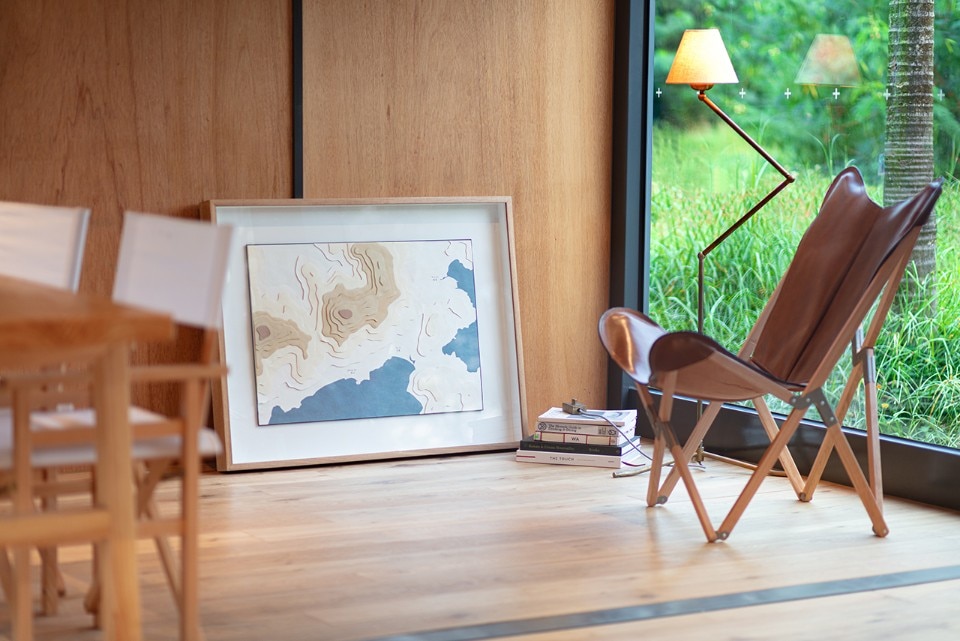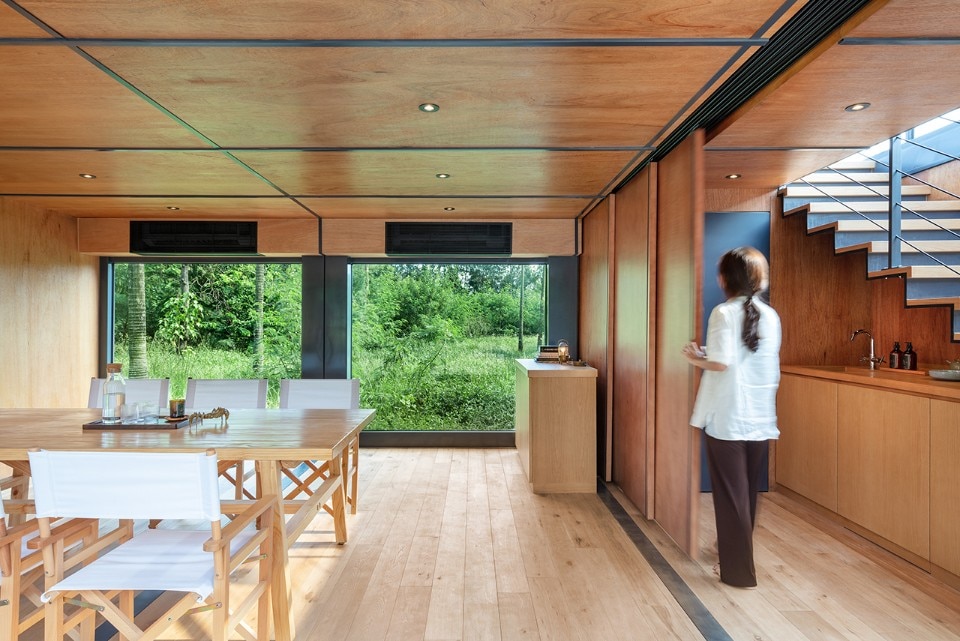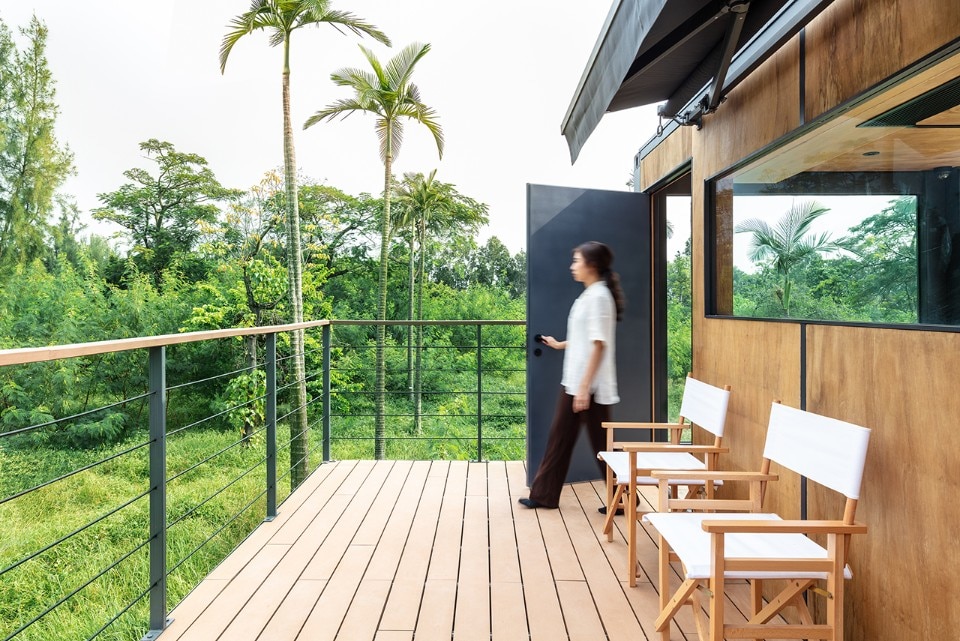Instant Bunker, Atelier Caracas
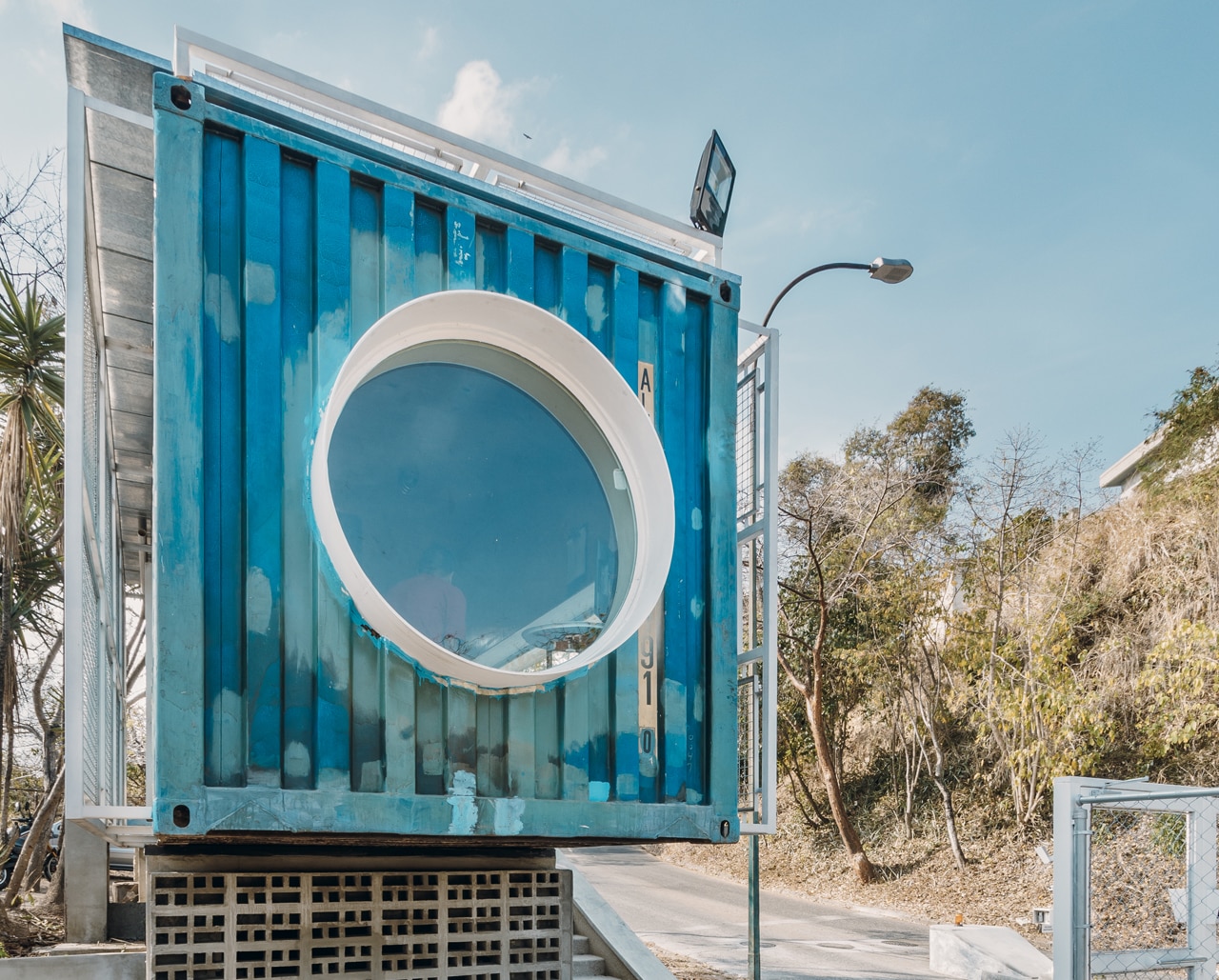
 View gallery
View gallery
Instant Bunker in Caracas was created as a control outpost, but its properties can easily accommodate a residential structure. The skeleton, a container resting on a cement base, thermally insulated but enriched with windows and custom-made interiors, is a habitable and welcoming space, adaptable even to the torrid temperatures of Venezuela's capital.
Le Petit Montréal, Destination Centre-Ville
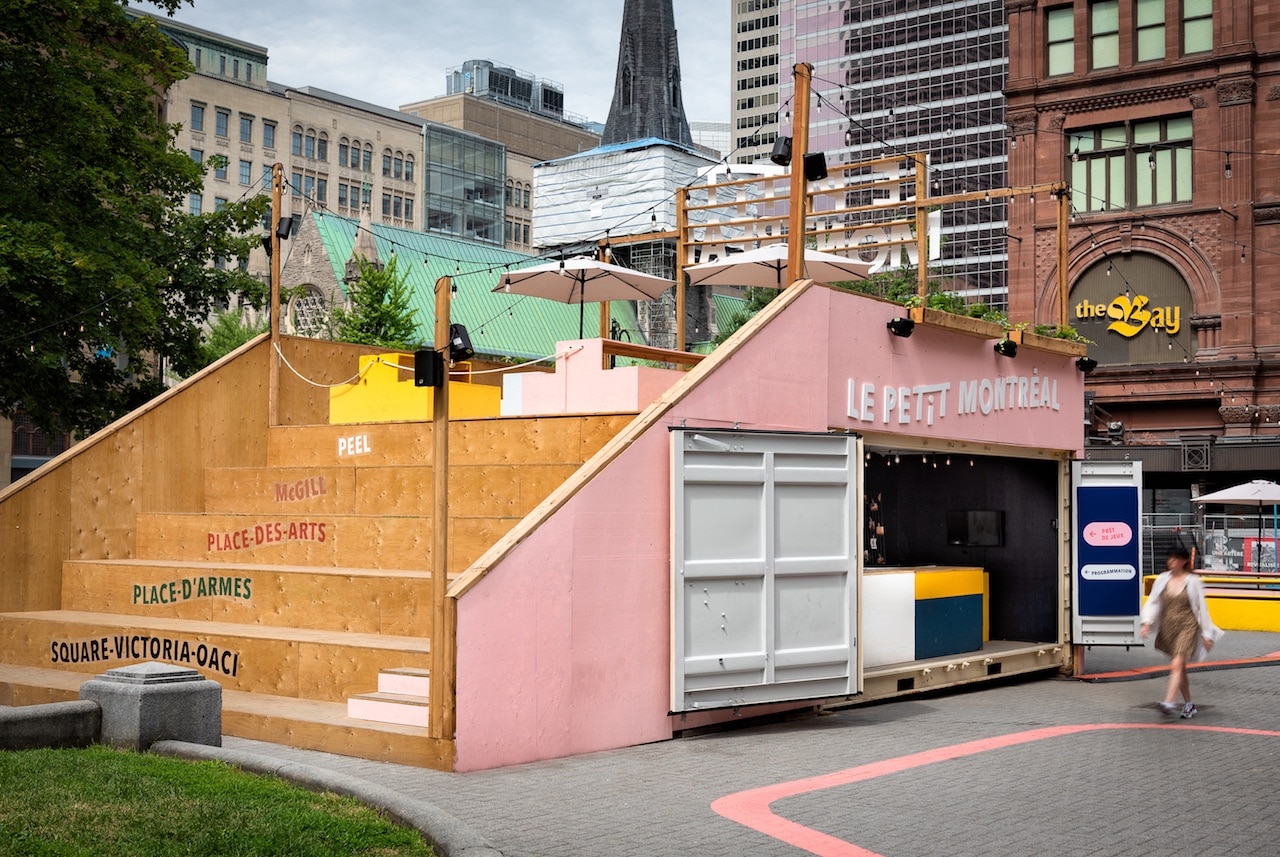
 View gallery
View gallery
Located on the construction site of Sainte-Catherine Street in Montréal, the Le Petit Montréal pop-up terrace is intended to be a point of attraction for passers-by, a place that will enhance local businesses in the area. With its bright colours and its staircase leading to the roof, it offers visitors the chance to eat, relax or simply observe the site.
Vivir frente al mar, Xpiral
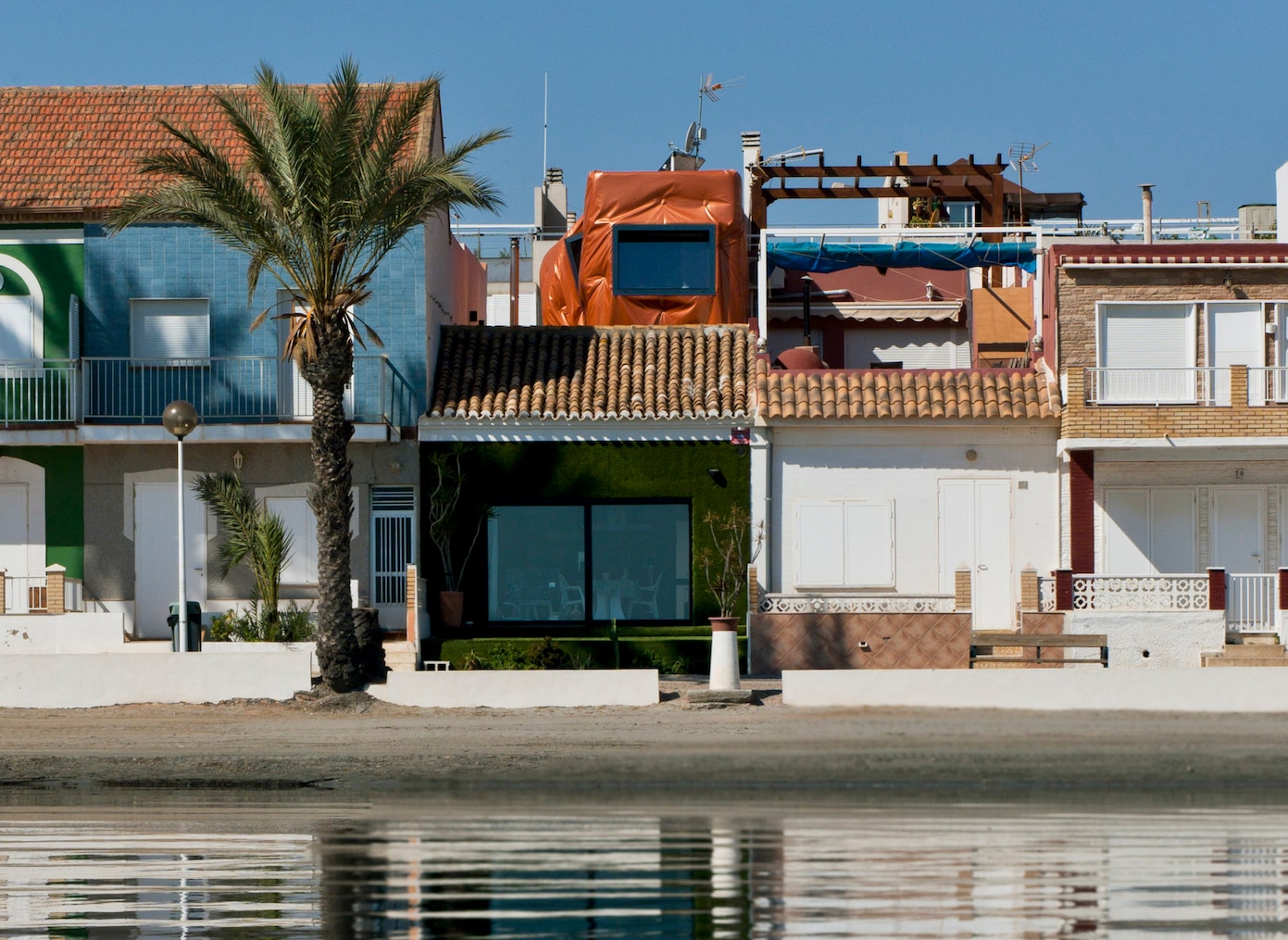
 View gallery
View gallery
Spanish studio Xpiral used a shipping container to expand an existing residence, a small fisherman's house by the sea. The volume of the structure was perforated in several places to adapt to the new spaces and to accommodate service areas and skylights.
Diptych, TOOP Architectuur
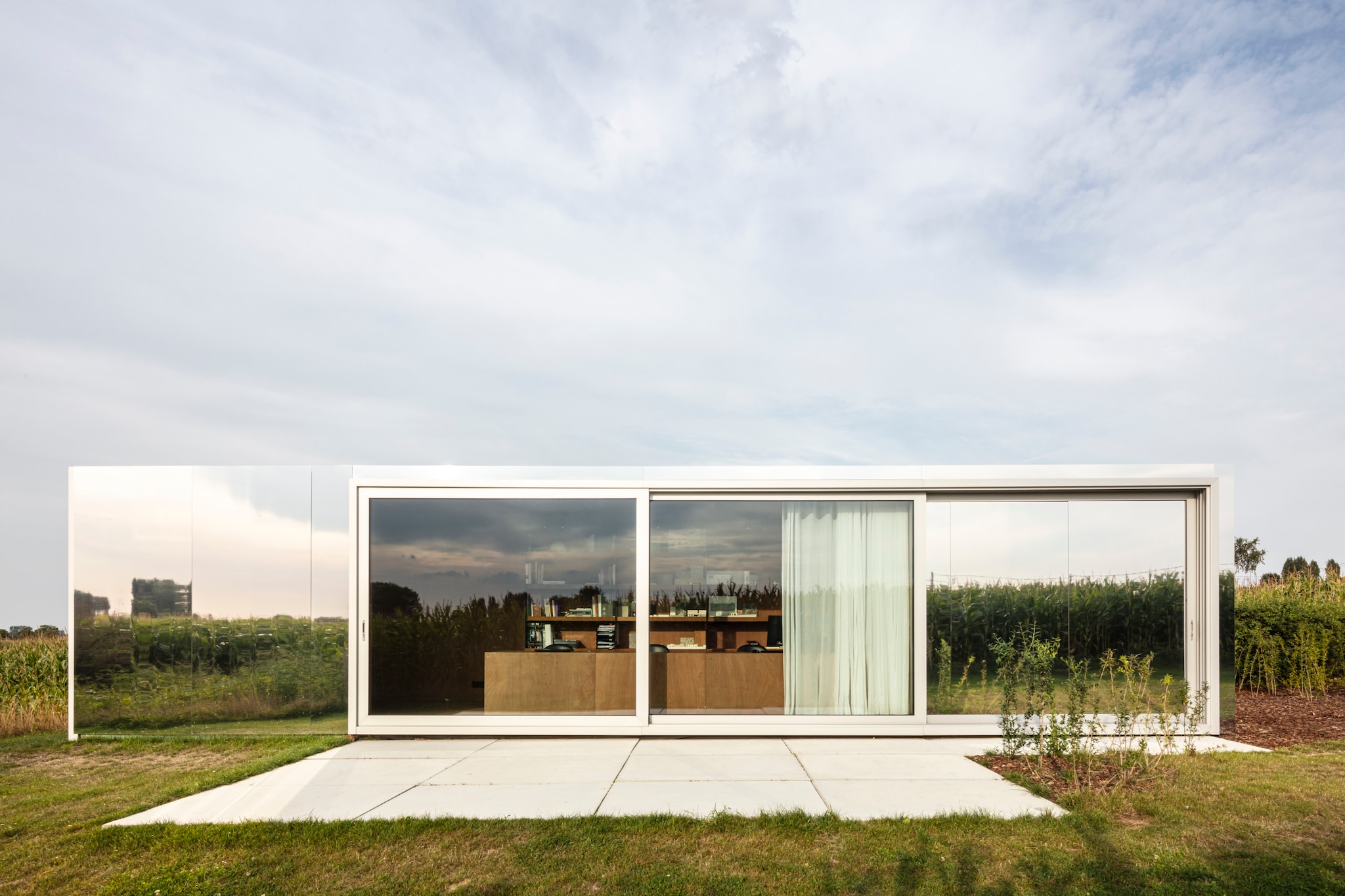
 View gallery
View gallery
Diptych was created from a low-cost container, remodelled with the intention of creating an office in the Belgian countryside. The main opening coincides with a sliding glass window that reflects the surrounding garden, while mirrored aluminium panels are used to clad the container, making it invisible in the landscape. Inside, both offices are covered with plywood, a low-cost material widely used in interior design.
Goodman Westlink showroom, A Work of Substance
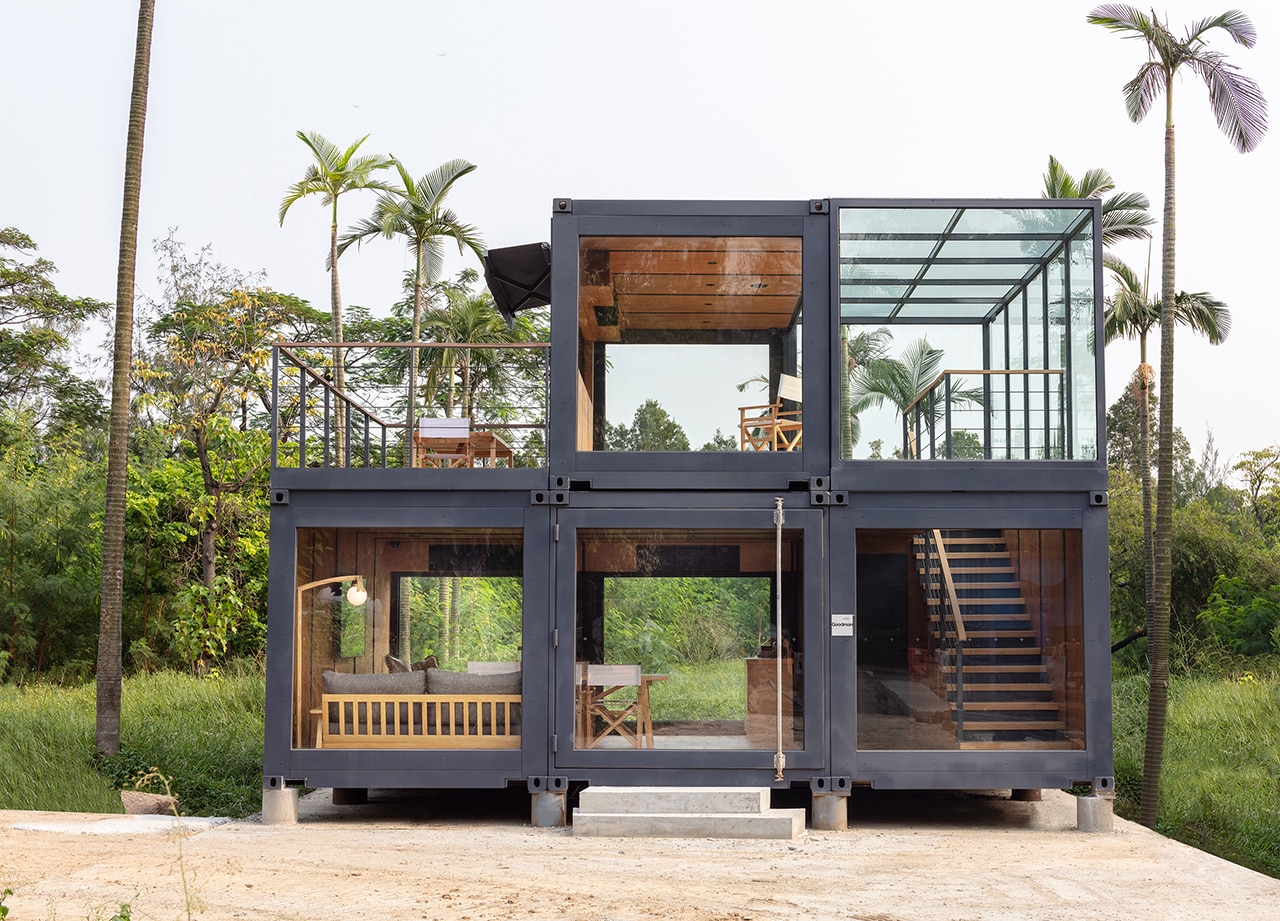
 View gallery
View gallery
The Goodman Westlink showroom in Hong Kong draws on the industrial aesthetic of containers but softens its characteristics through the use of wood and glass, in order to create comfortable interiors in contact with the tropical nature. The arrangement of the blocks generates two open or covered terraces which allow a fluid dialogue between inside and outside.
Studio for two, Studio Wood
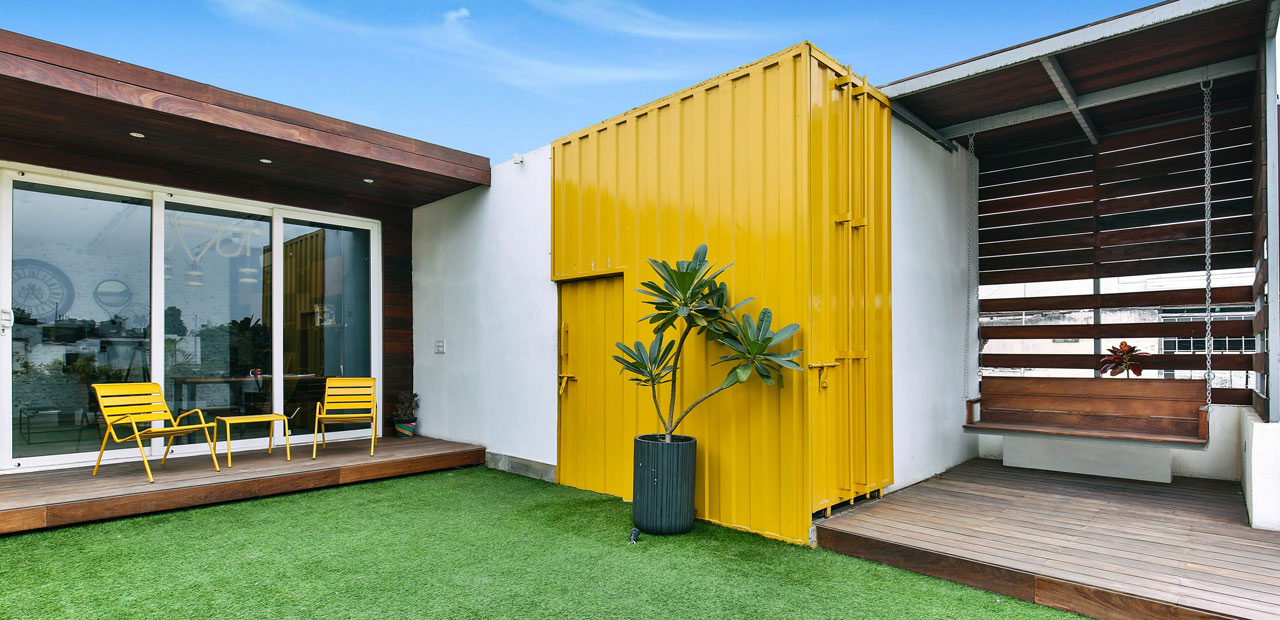
 View gallery
View gallery
Using the walls of a container, Studio Wood has designed a structure on the roof of a 366 m² house in New Delhi, India. The exoskeleton consists of metal beams covered with lightened steel panels. The construction process began with a grid of beams placed on the roof to raise the floor off the ground. The project accommodates a multifunctional house: it can be used as a studio during the day and as a place of entertainment at night.
Vila Carrao, NN Associated Architects & OYTO Architecture

 View gallery
View gallery
Six abandoned containers on a hospital lot in São Paulo were levelled and arranged to create an additional temporary space. The functions of the facility include reception, projection room, waiting room, preparation, operating room and spaces for in-patients, while the upper floor contains a laboratory, training rooms and administration offices, the kitchen and other service rooms.
Container Stack Pavilion, People’s Architecture Office
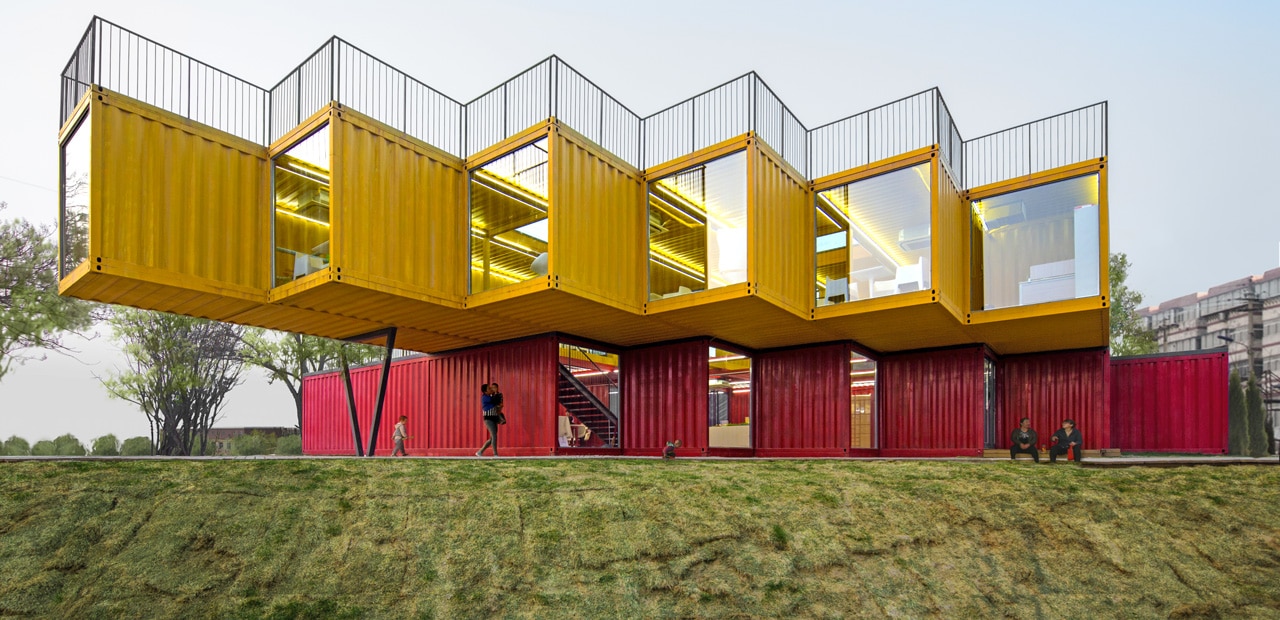
 View gallery
View gallery
The People's Architecture Office pavilion in Taiyuan, China, is a set of juxtaposed containers that create a temporary structure suitable for various needs, which can be dismantled at any time and moved to other locations. A 7.5 m cantilever is the entry point to the upper floor of the building, while a central double-height atrium is located where two containers overlap. The roof is accessible and provides an elevated view of the surrounding landscape.
Legson Kayira Community Center & Primary School, Architecture for a Change

 View gallery
View gallery
Built in Malawi, the Legson Kayira Community Center & Primary School is a covered, shaded, open, well-lit and ventilated school. The use of containers as the primary material means that the structure is very efficient in terms of the area covered compared to the amount of material used. The function of the building is not limited to a school, but can also accommodate a community centre or a market, also thanks to the possibility of adding more containers.
Ferry Terminal, Hombre de Piedra & Buró4
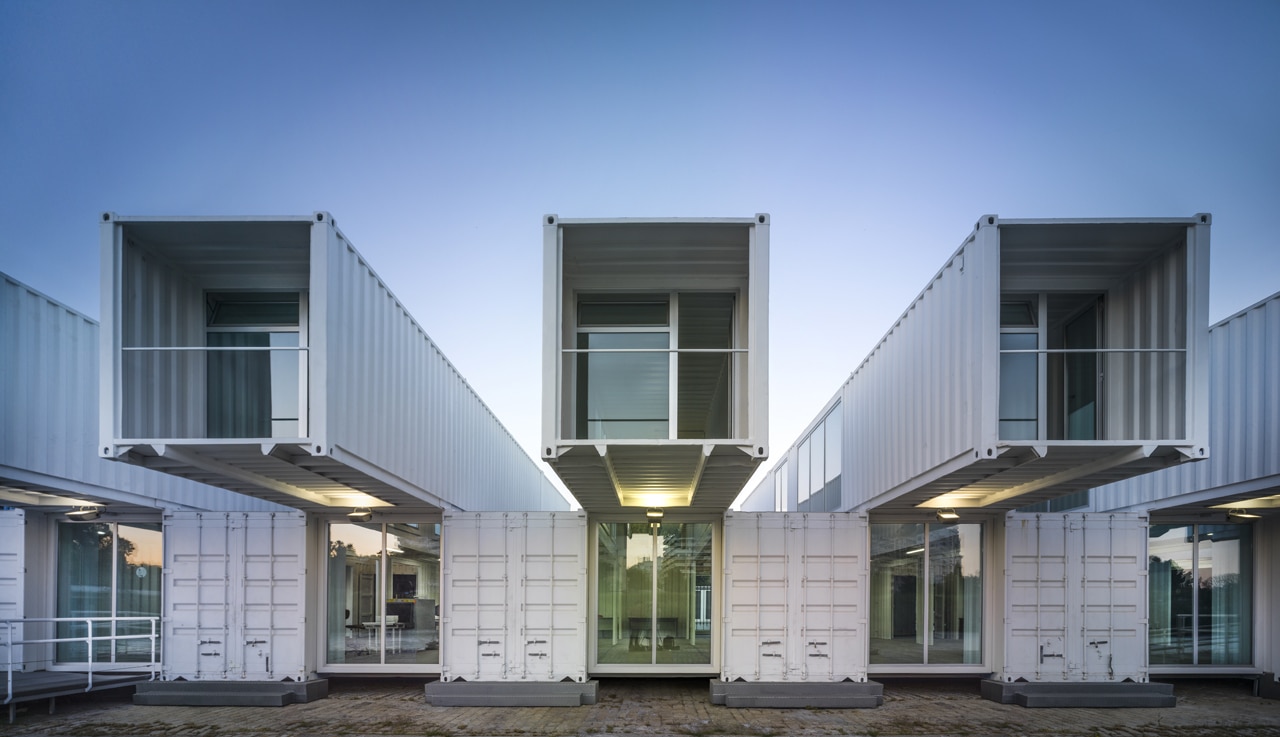
 View gallery
View gallery
A new terminal for cruise ships with a flexible, multifunctional, extensible, easily removable and transportable character: these were the construction requirements dictated by Seville's naval authority. So Hombre de Piedra & Buró4 reused naval shipping containers, arranged in an alternating pattern, to create a space that could accommodate the many passengers, without neglecting its port character.


